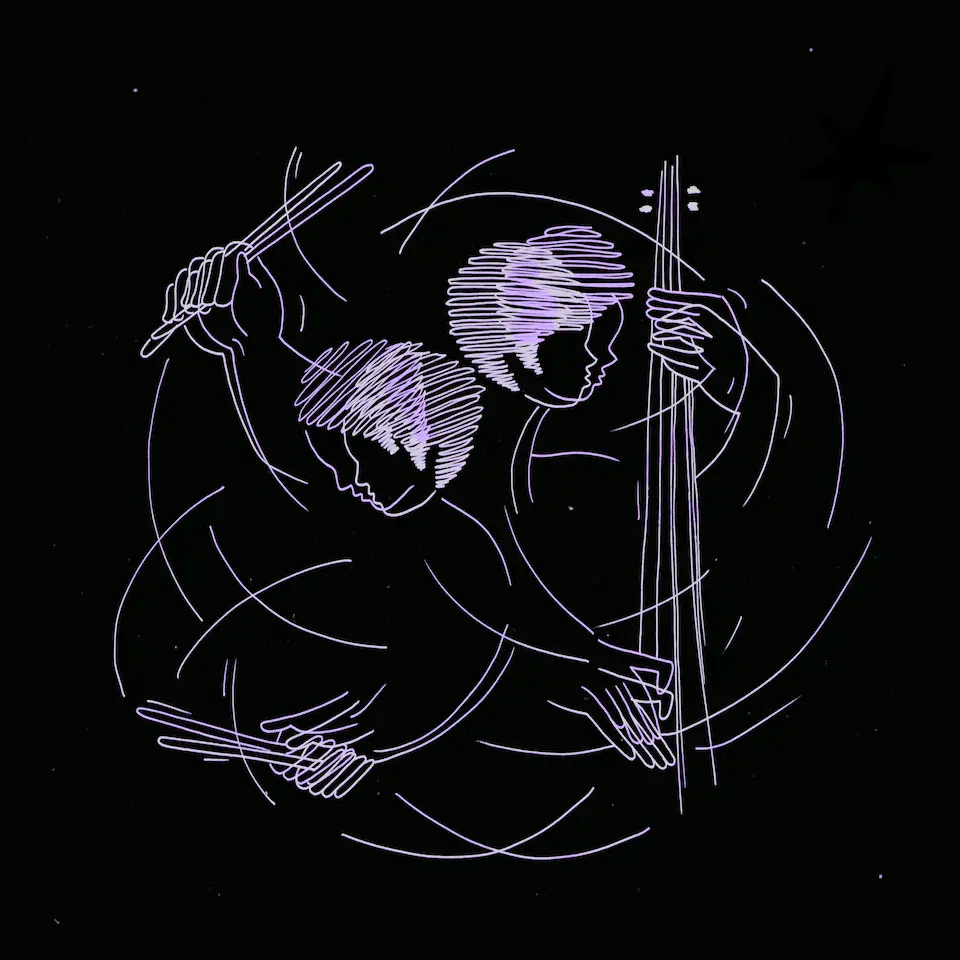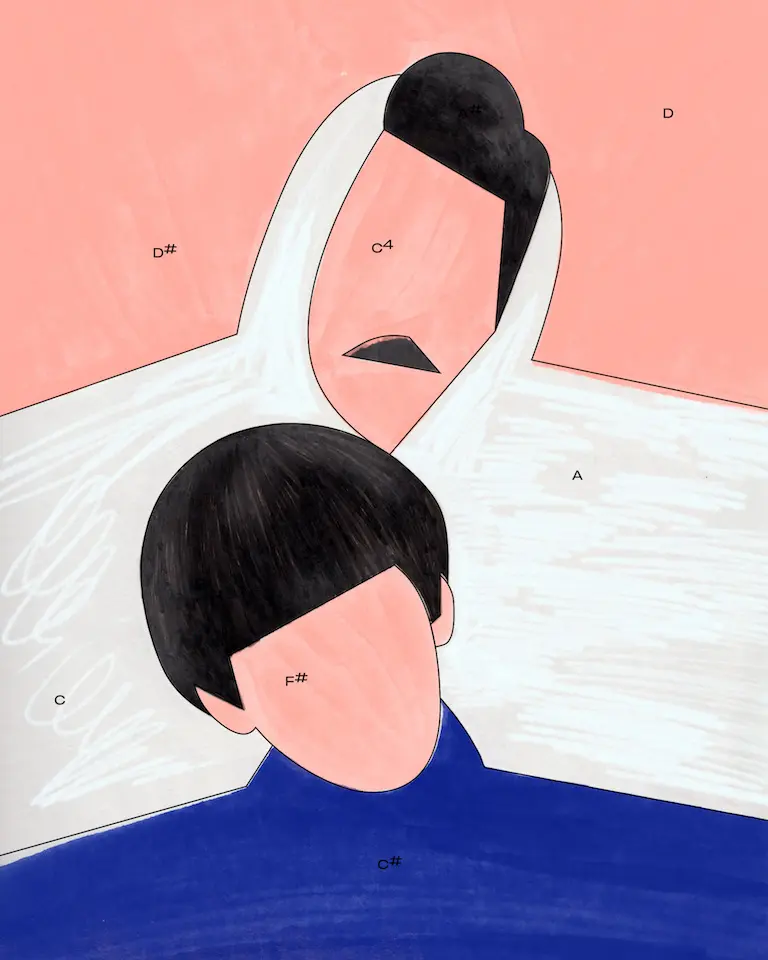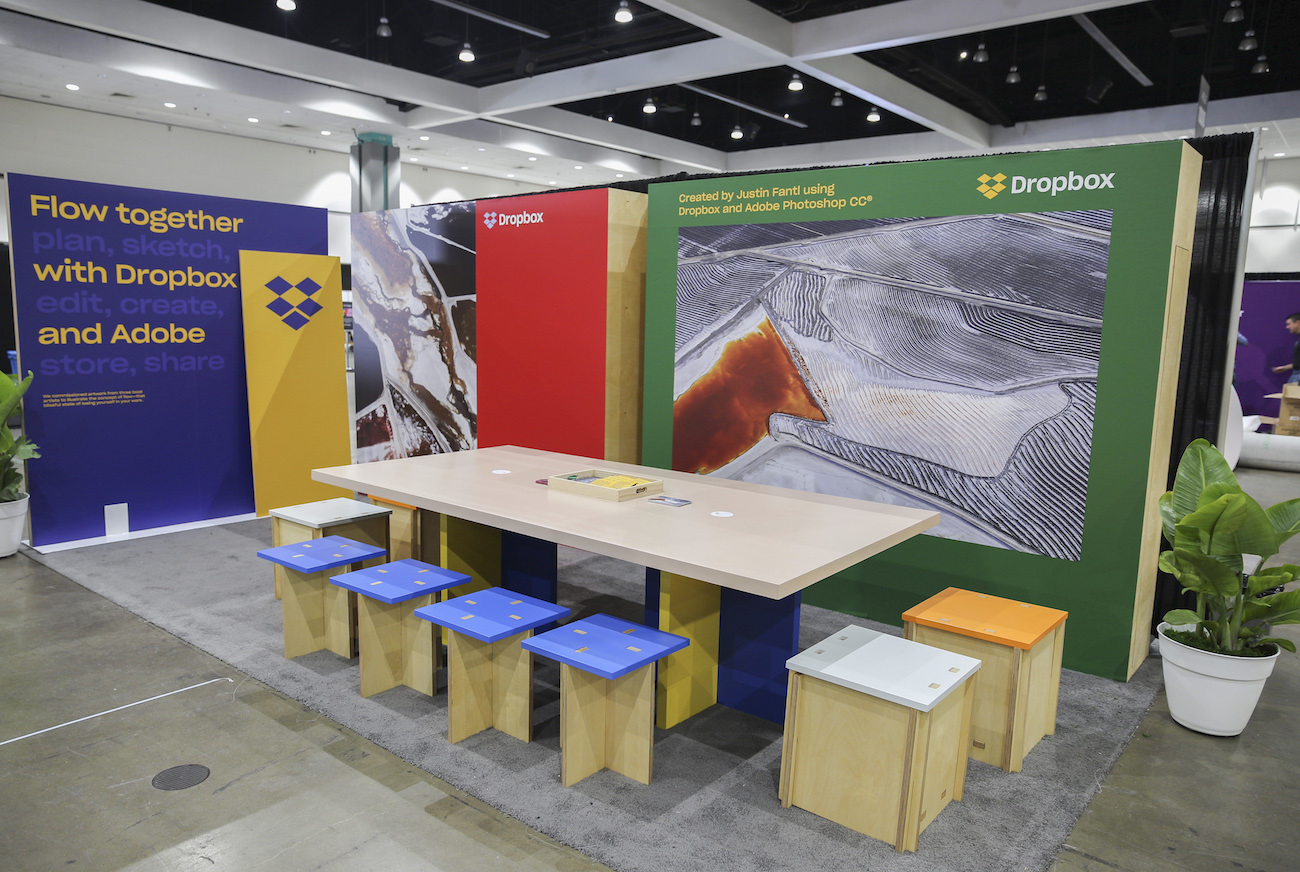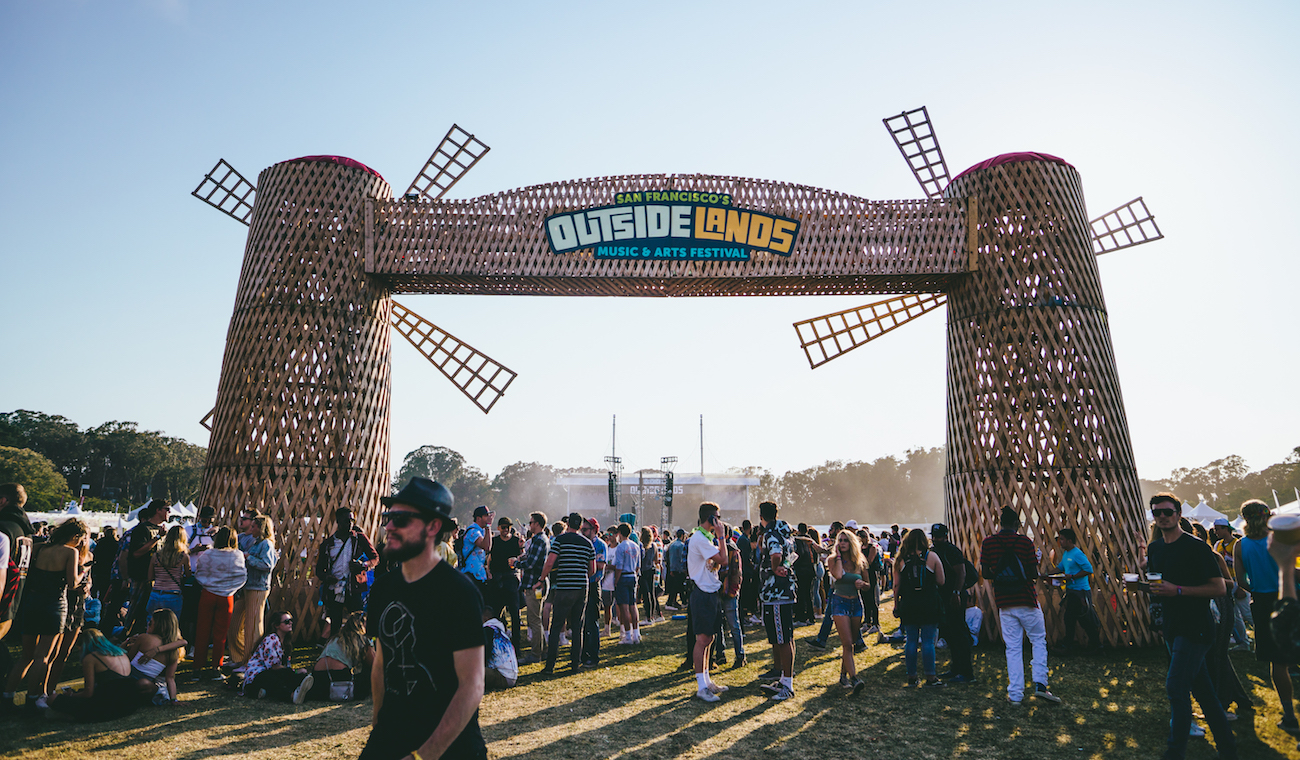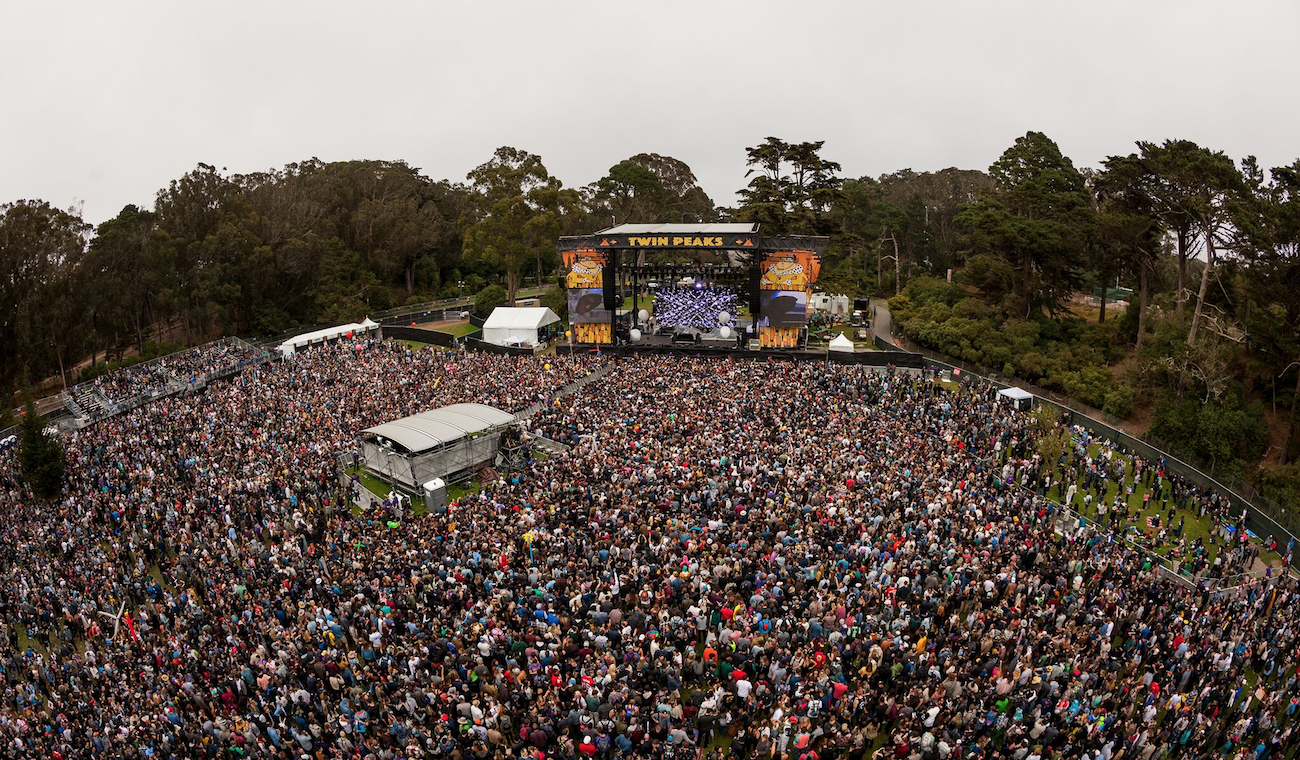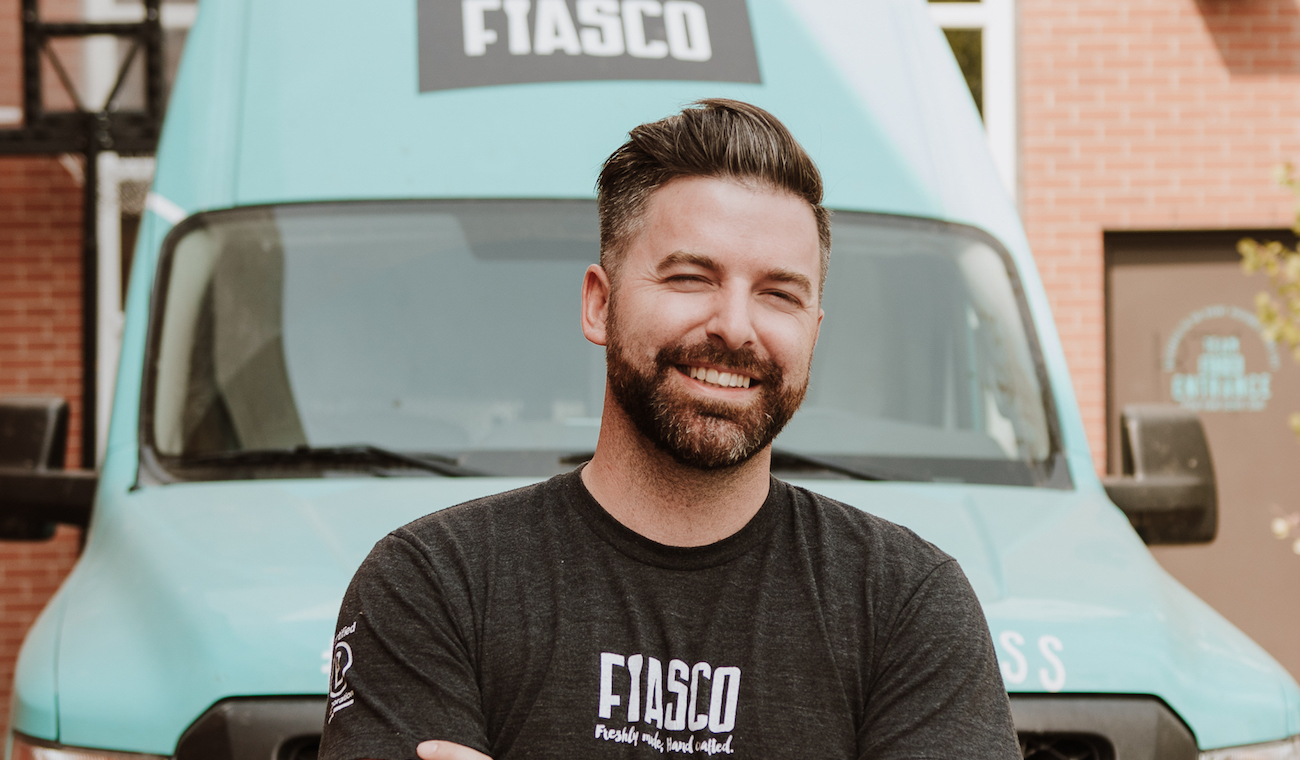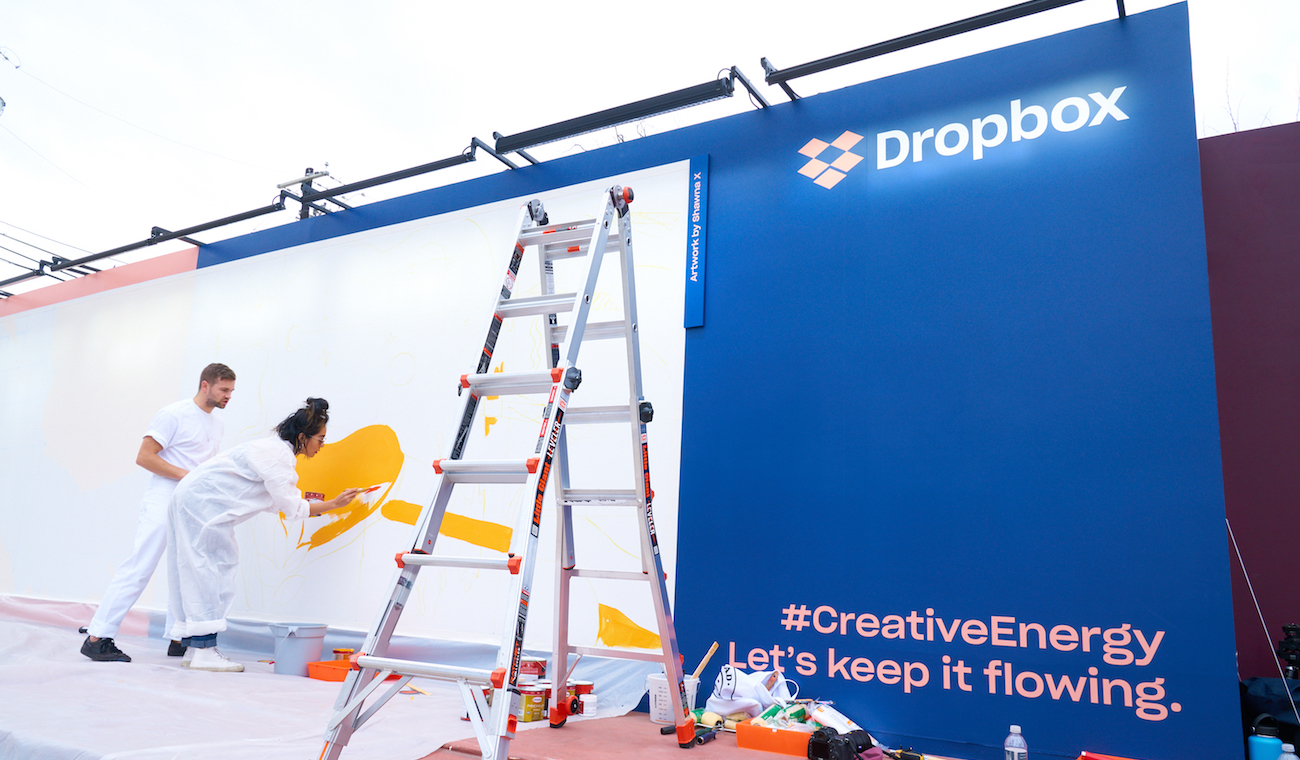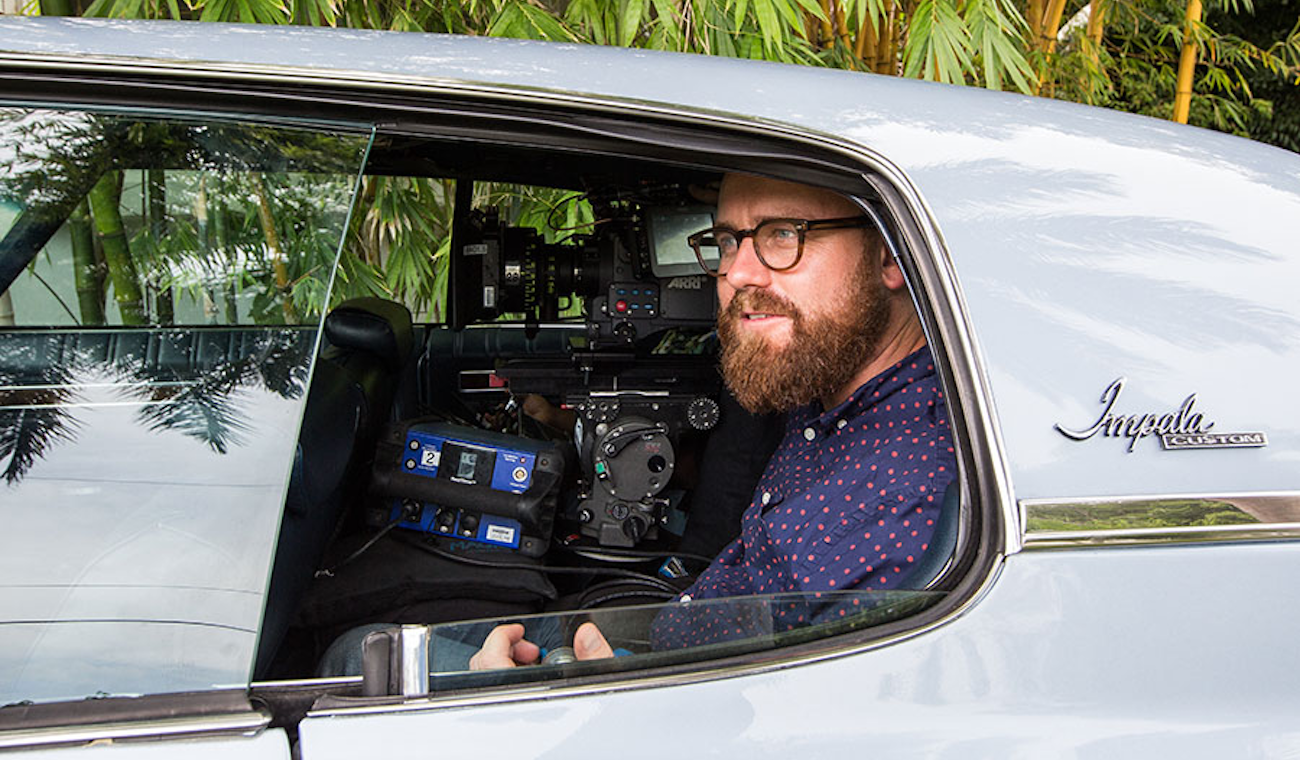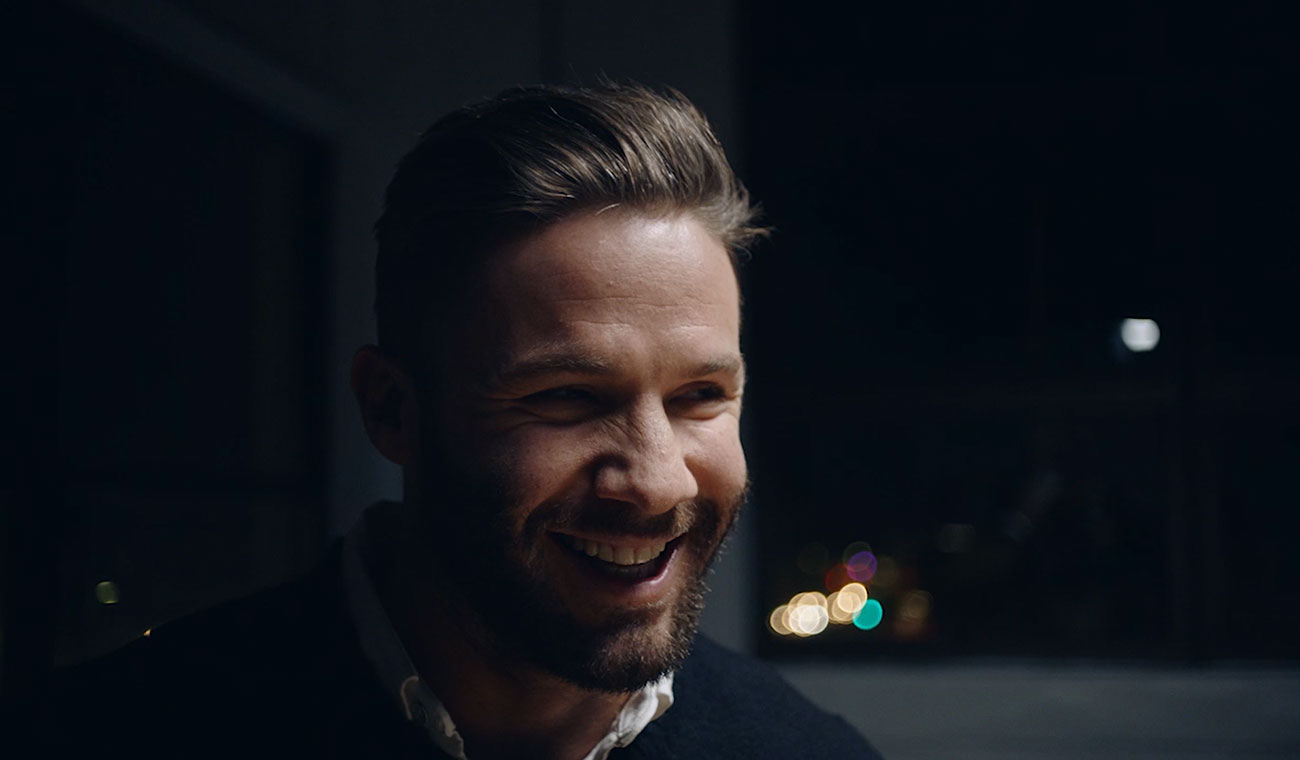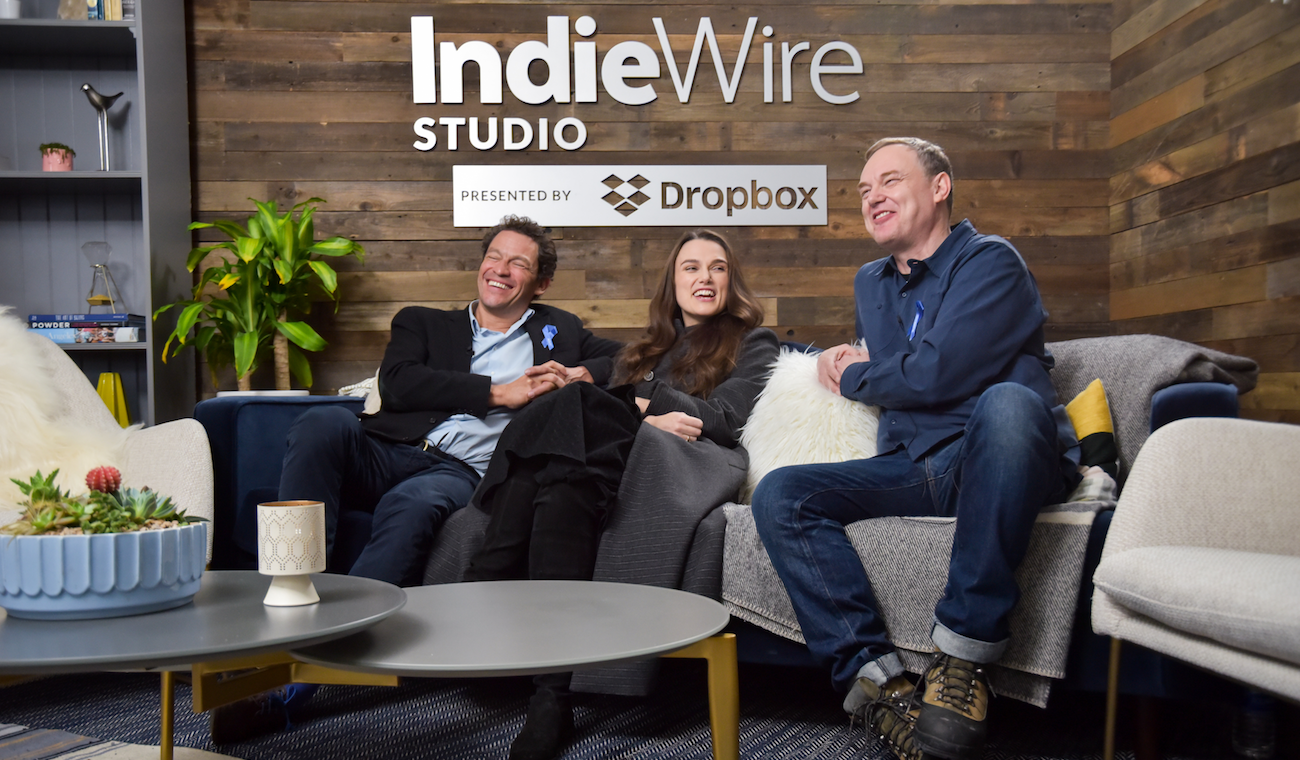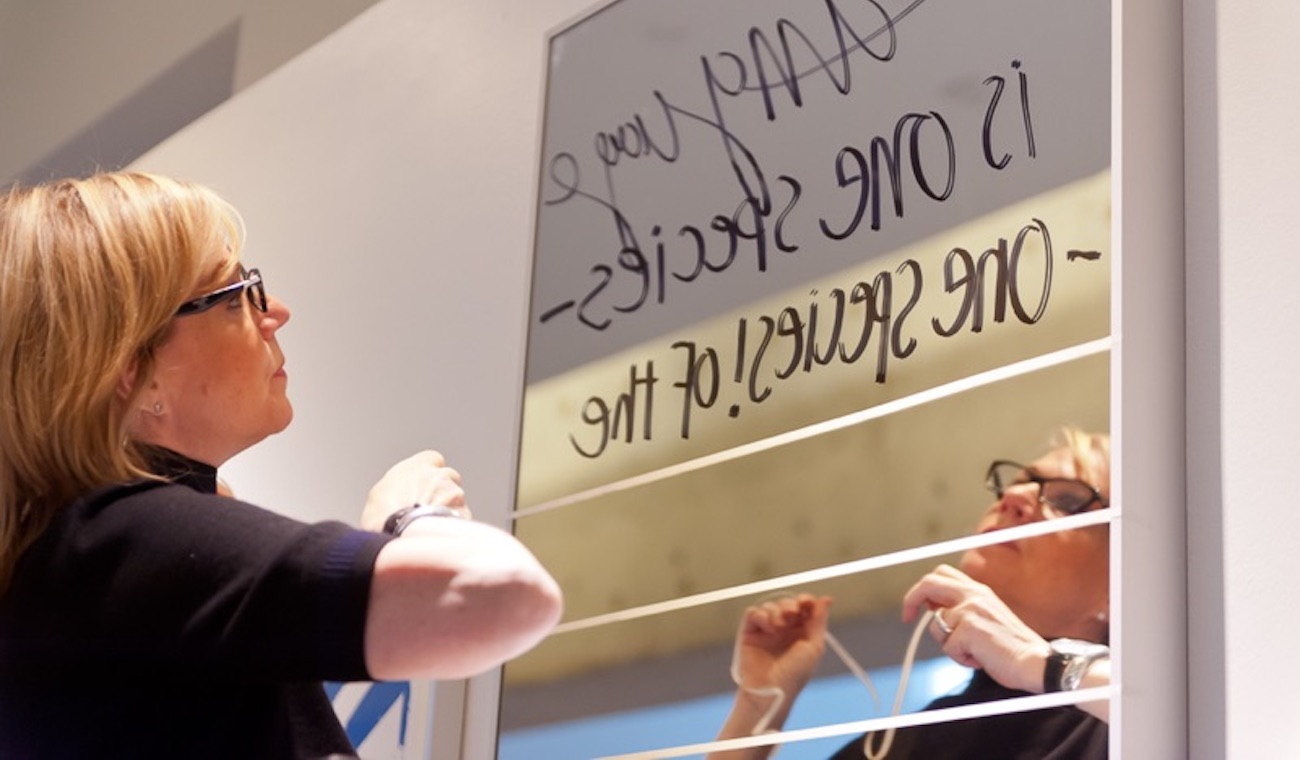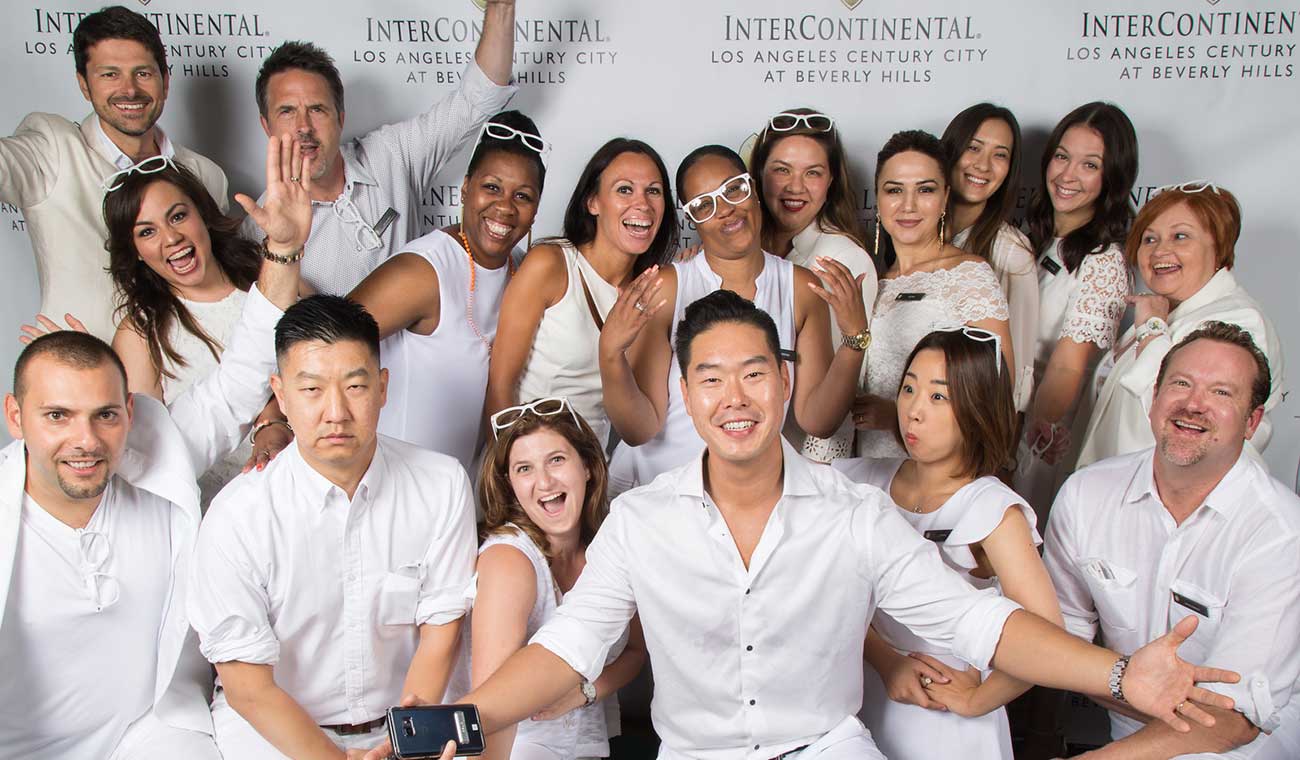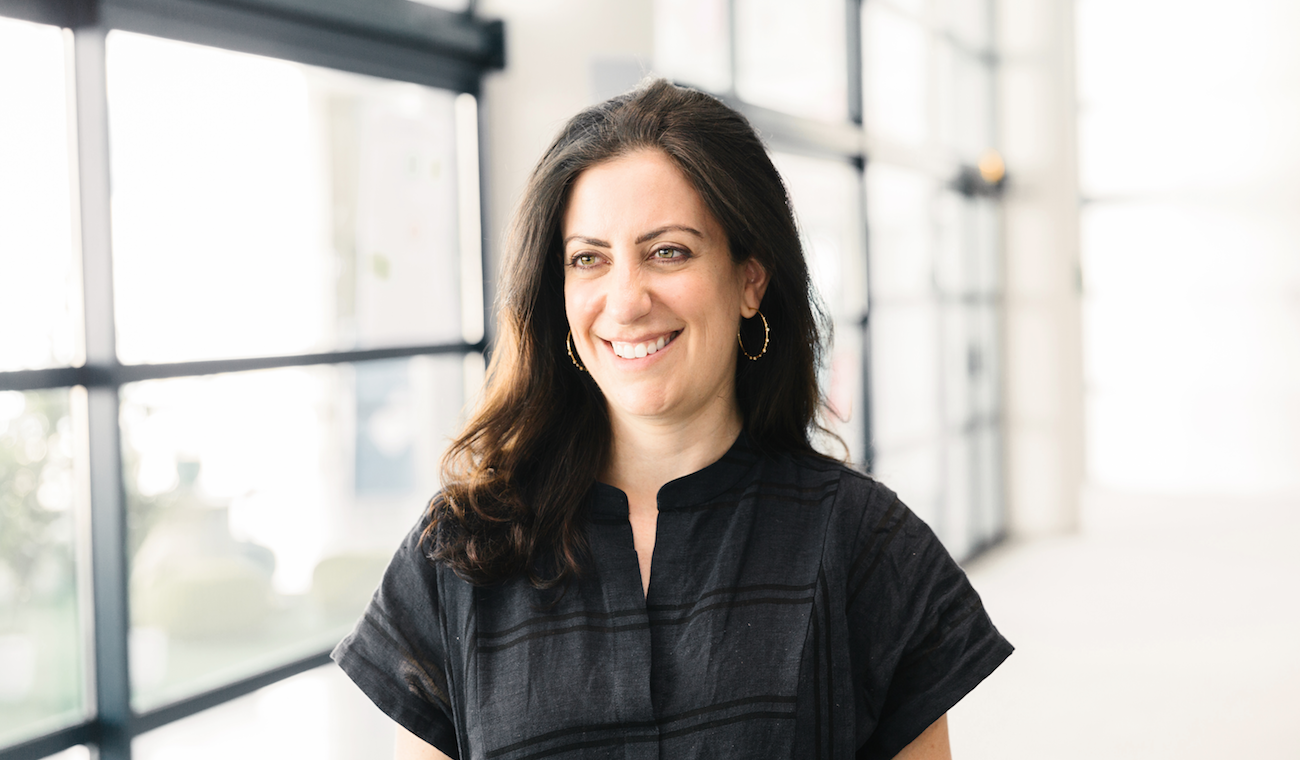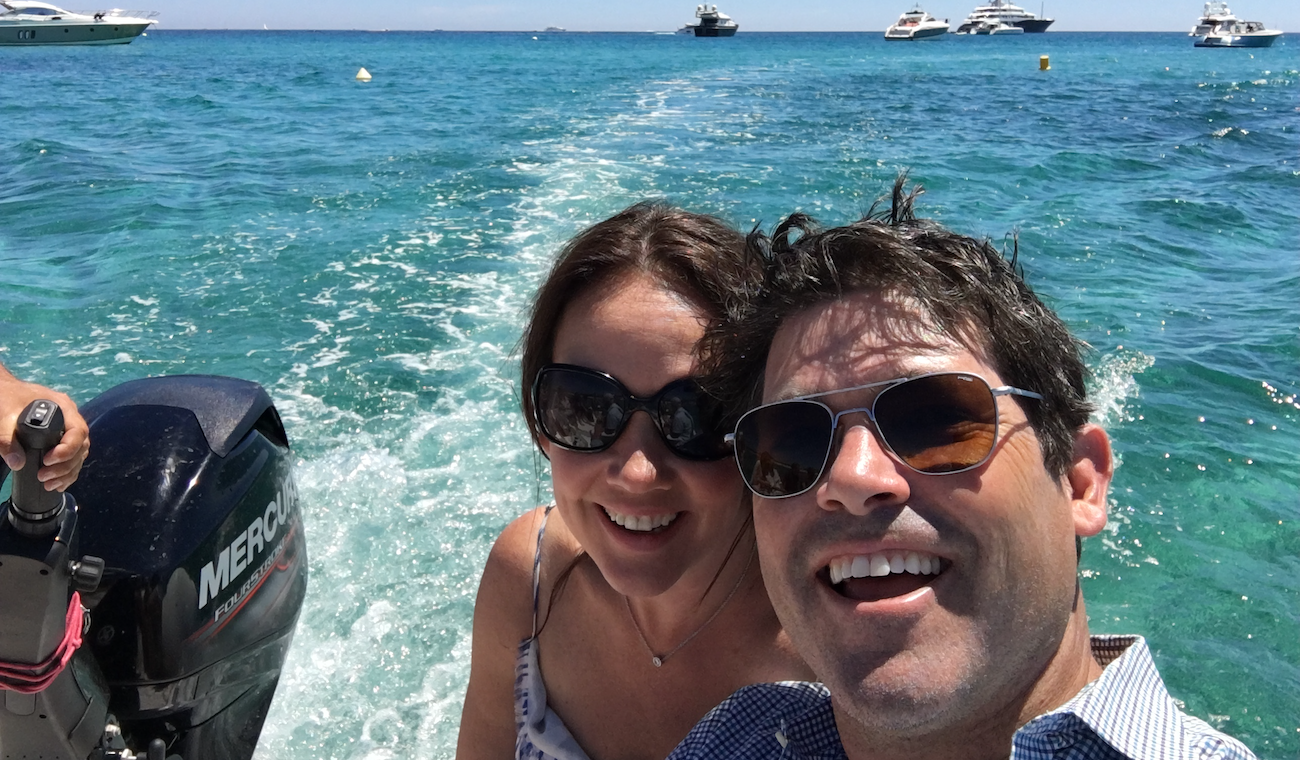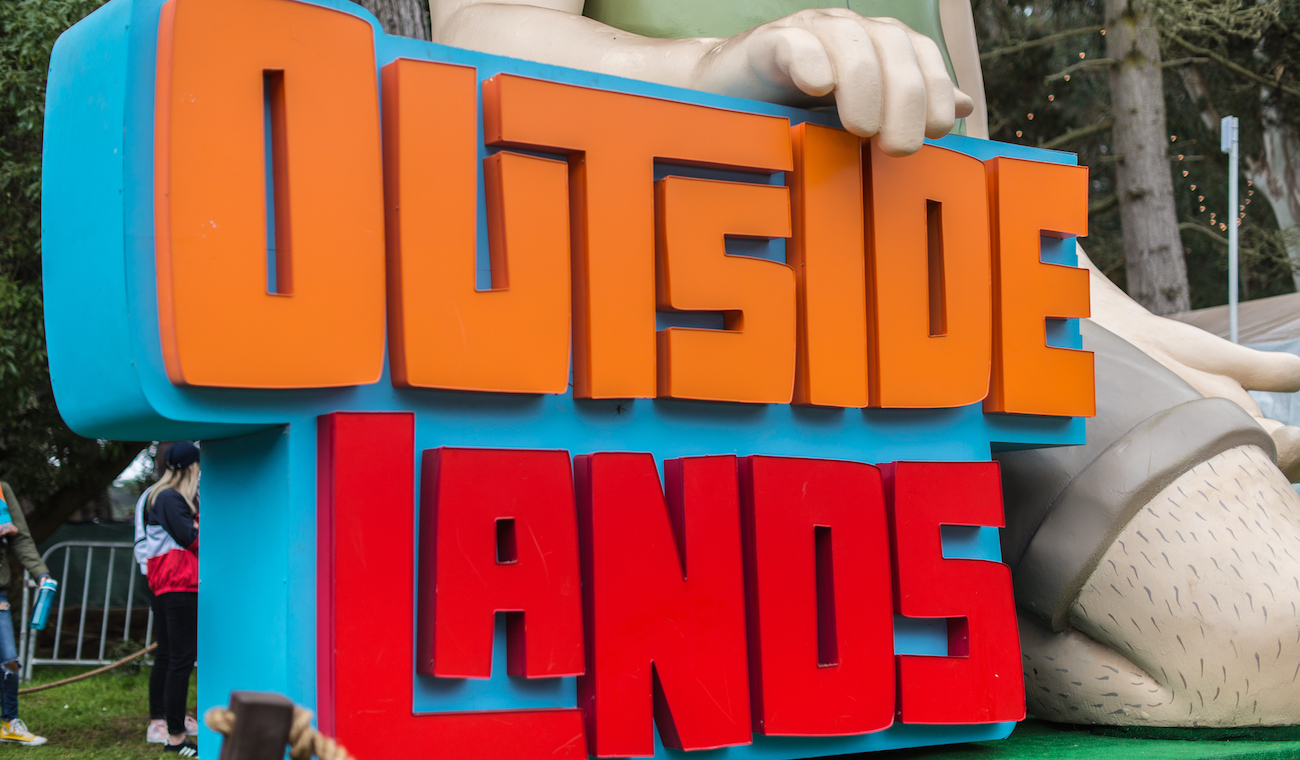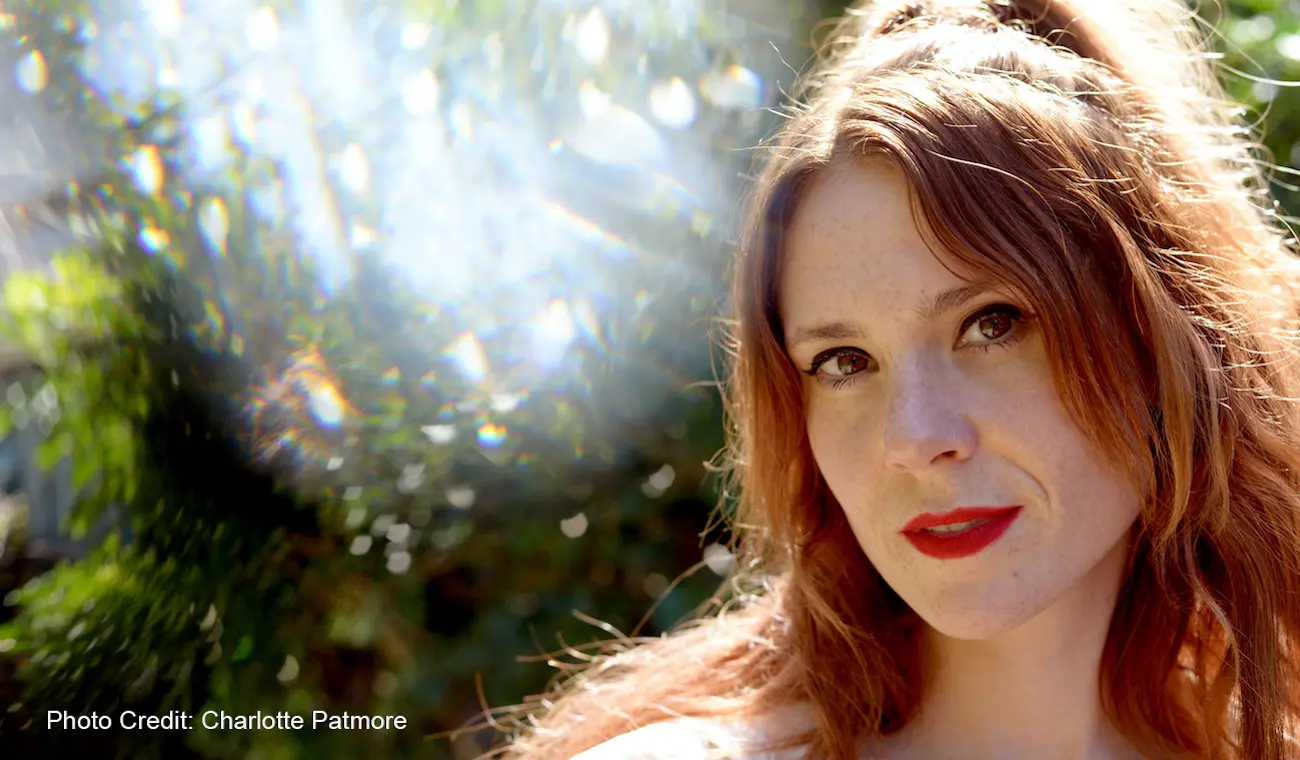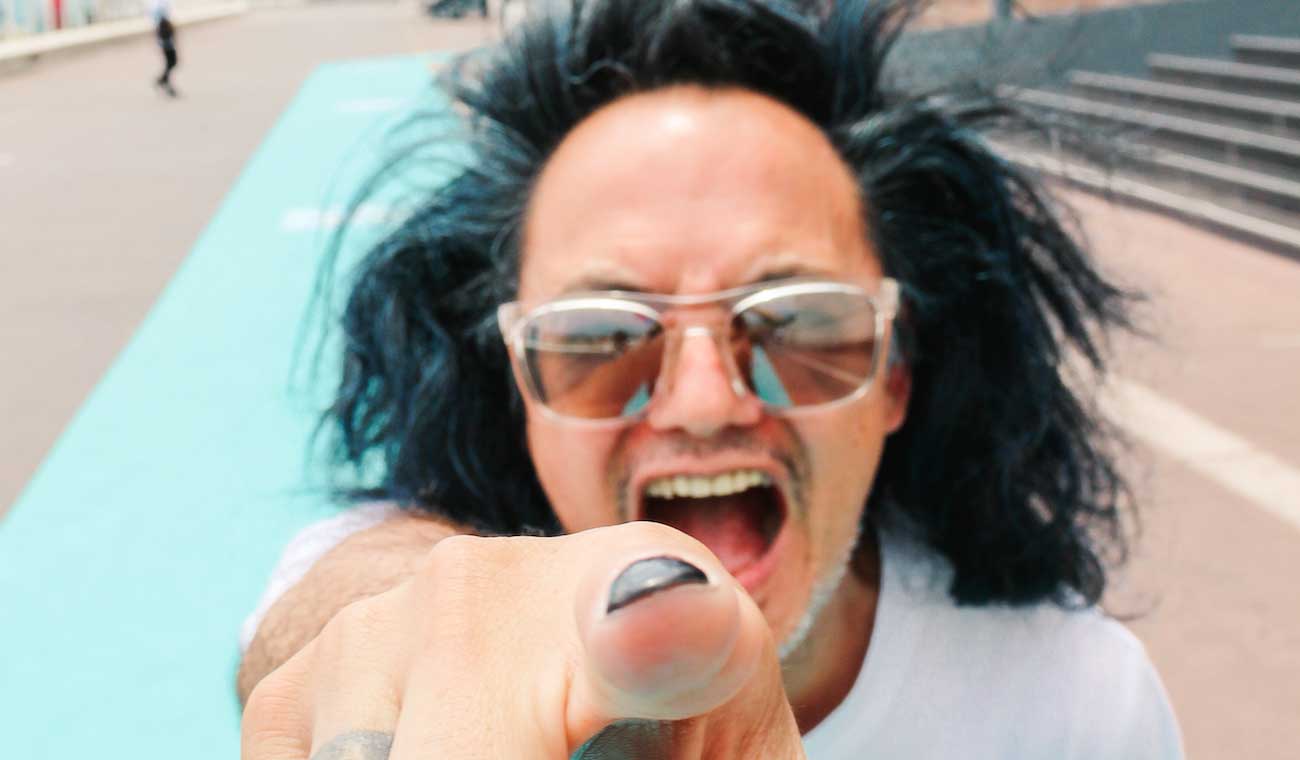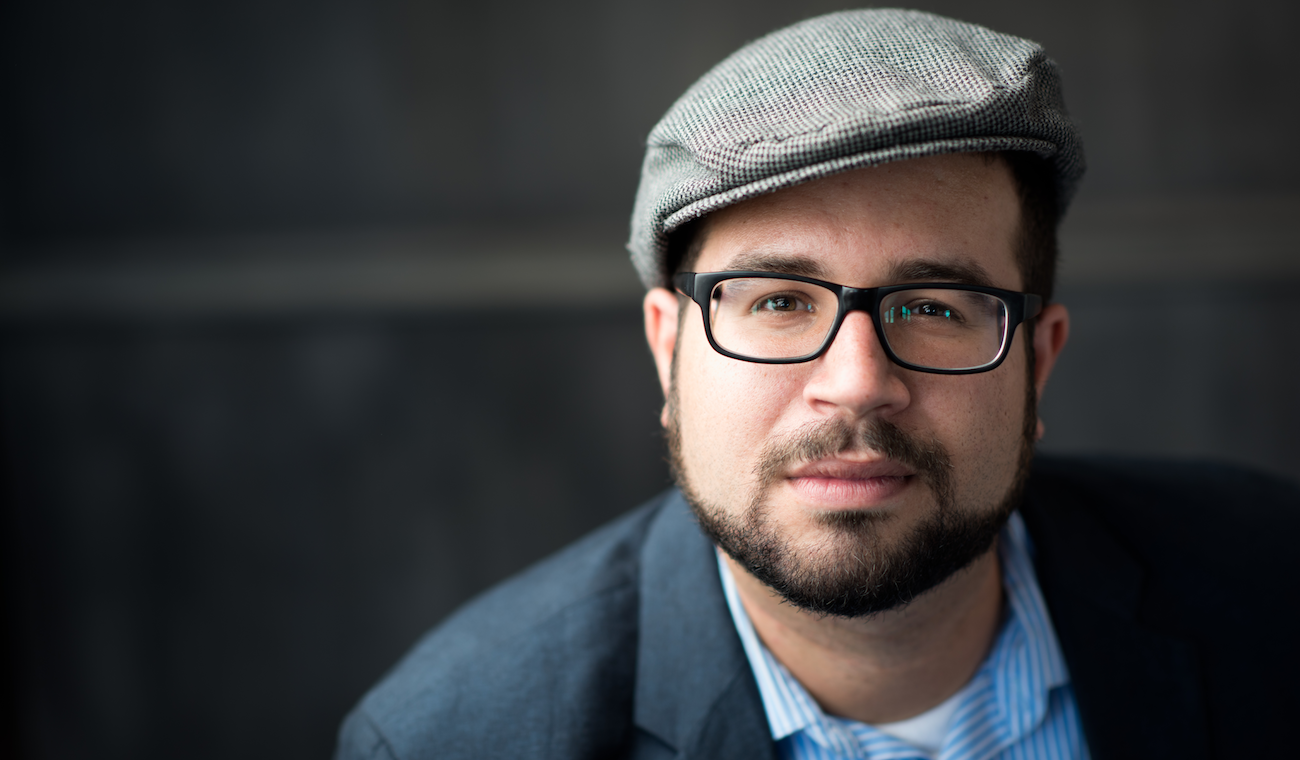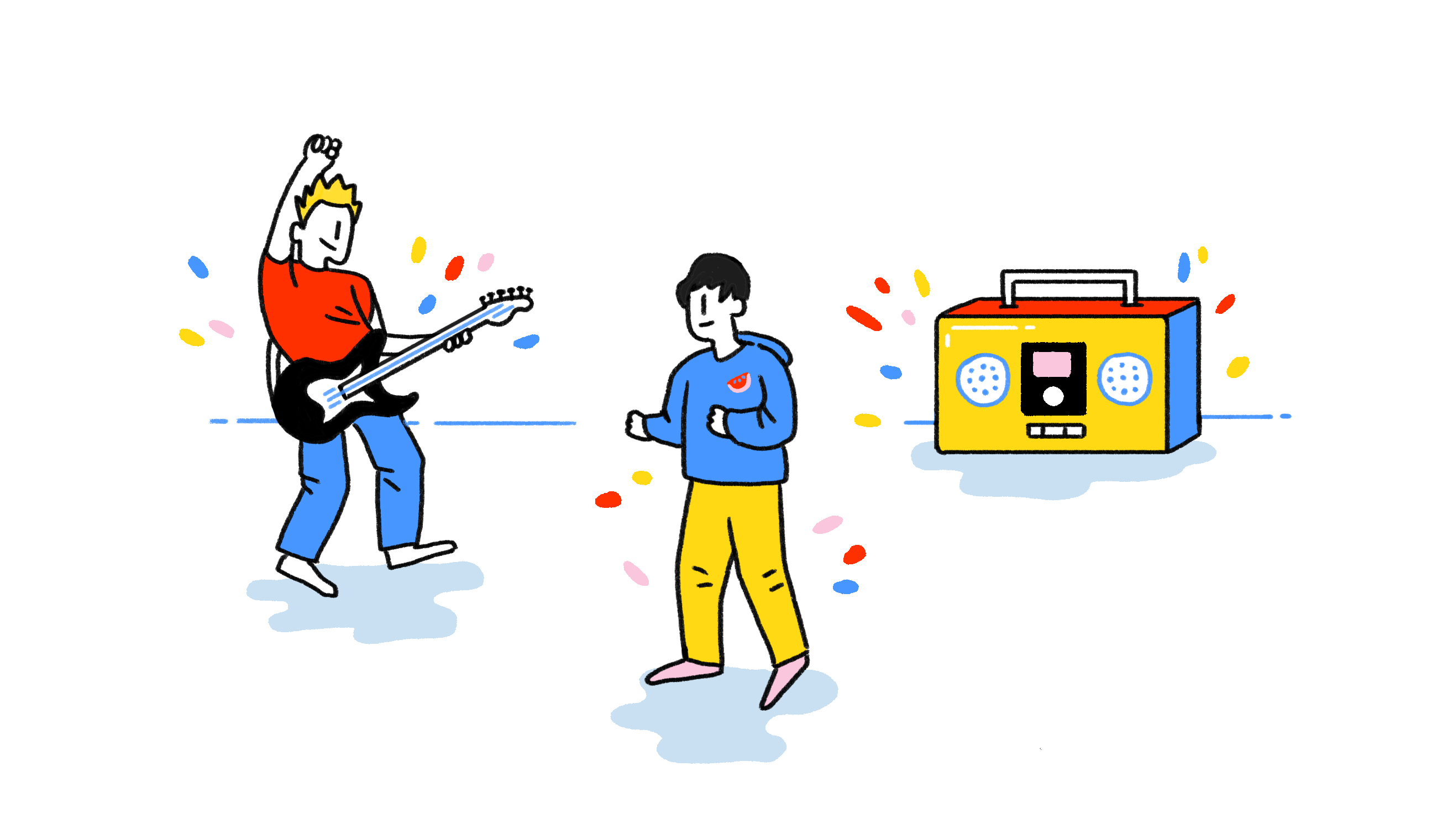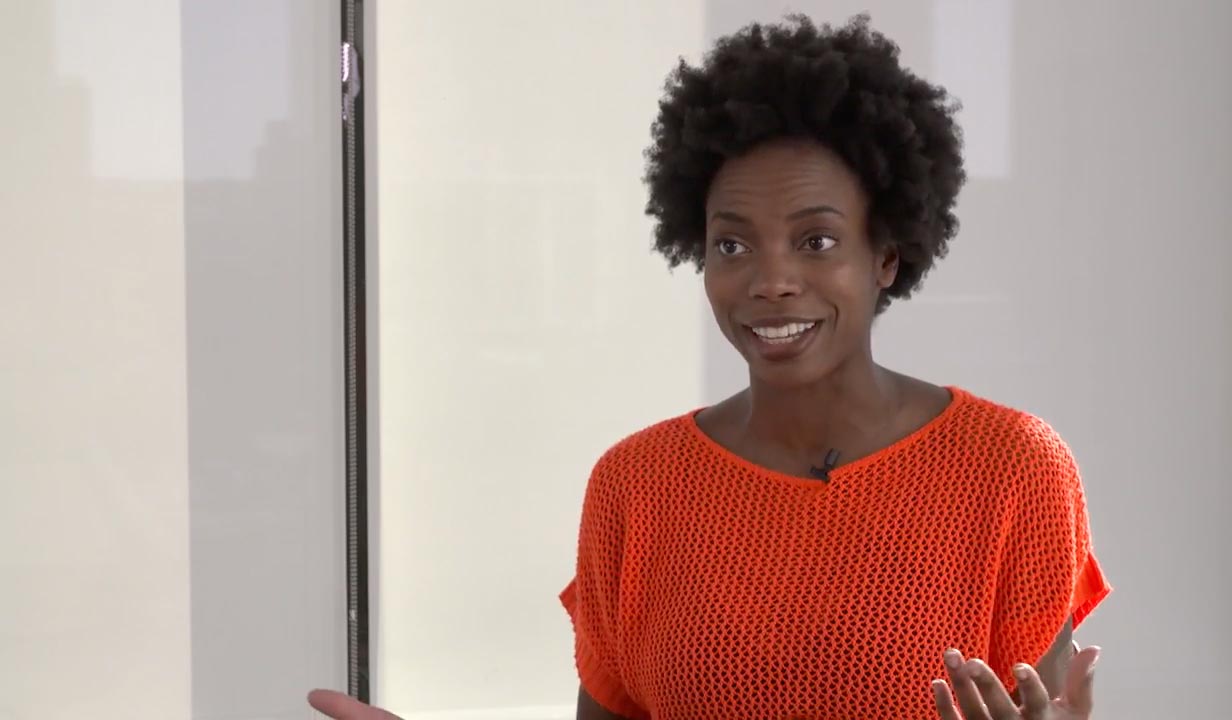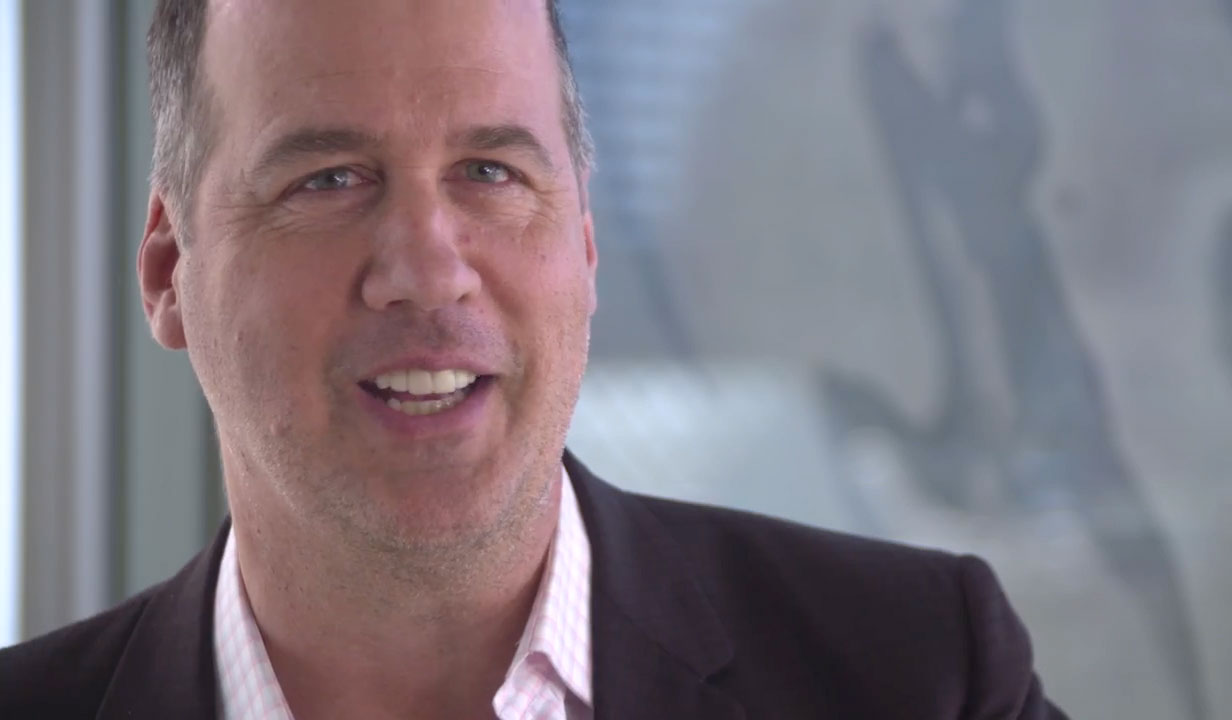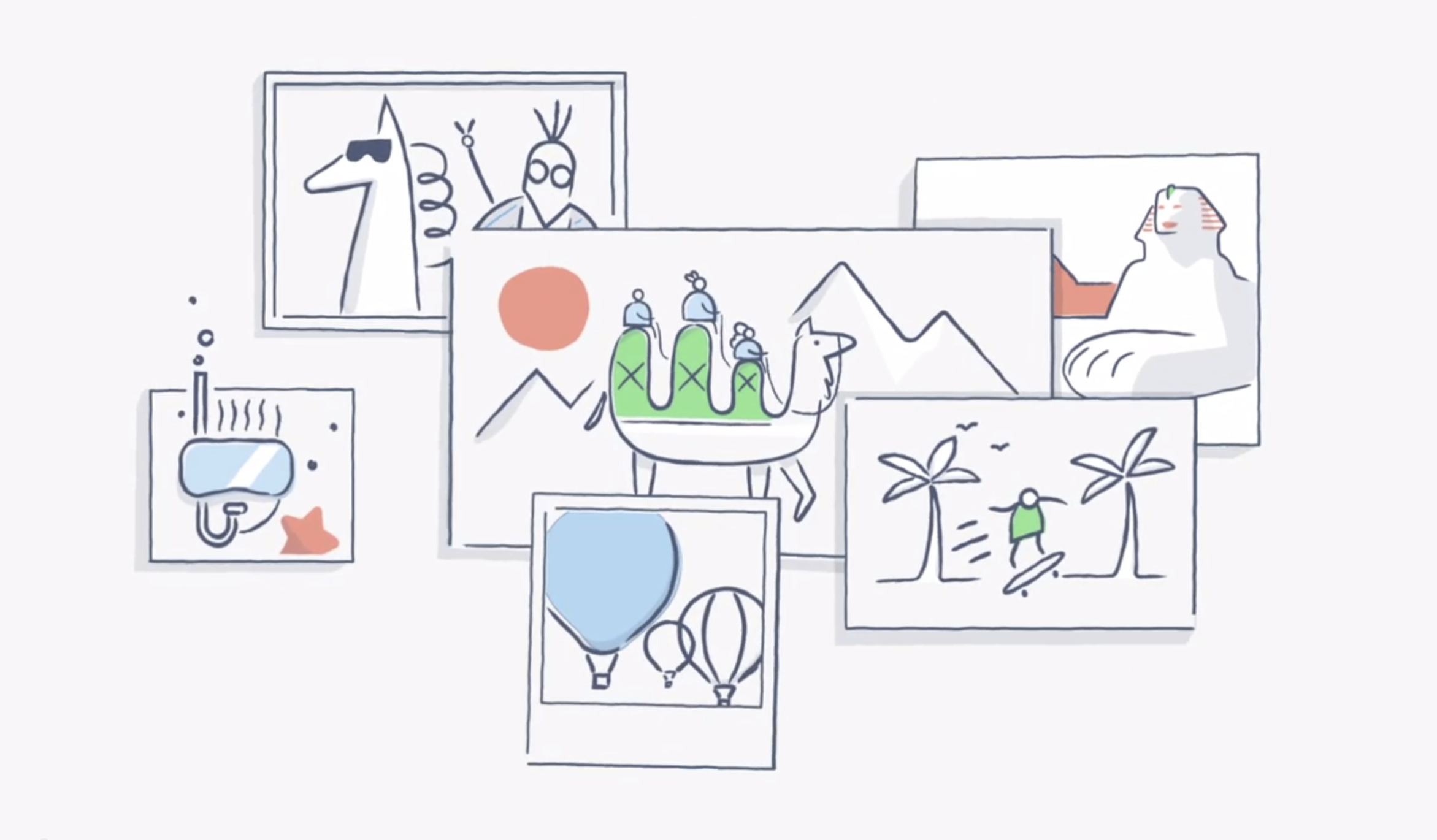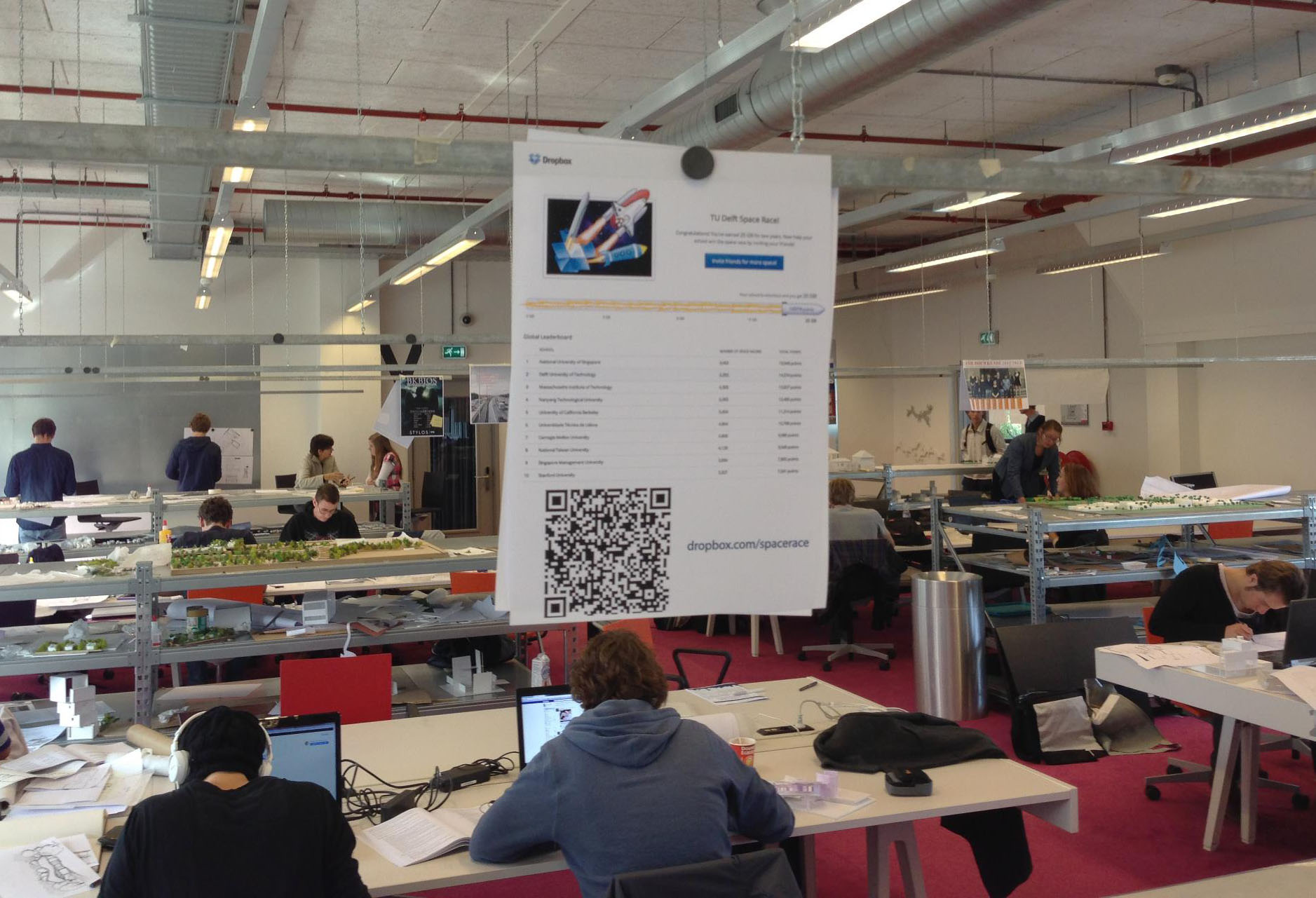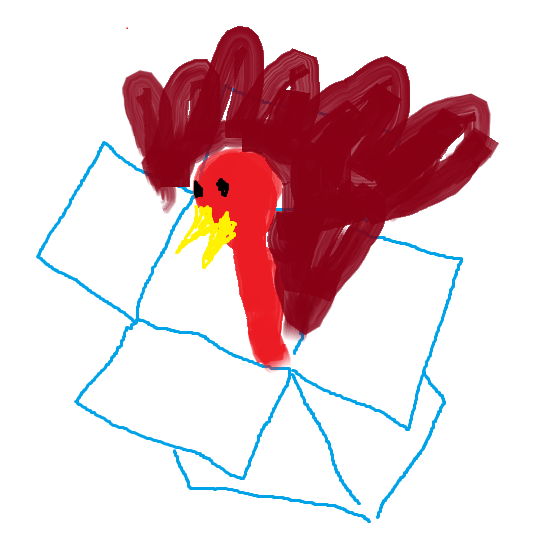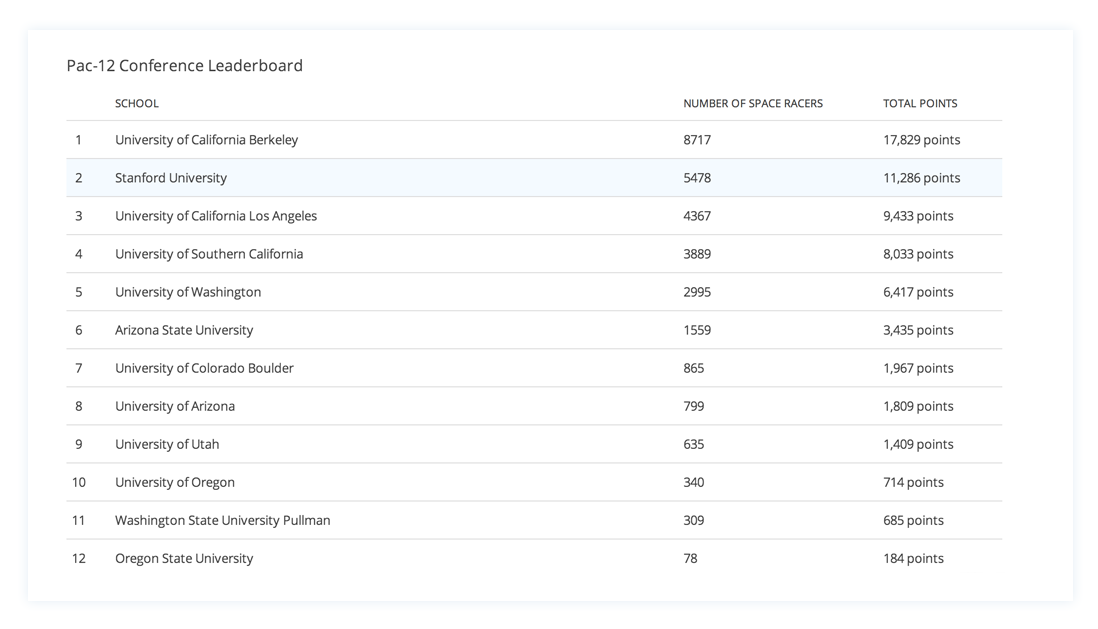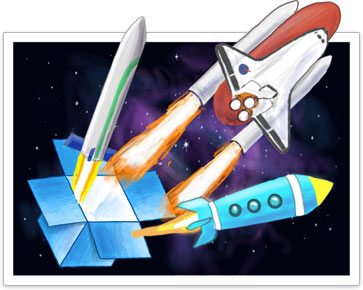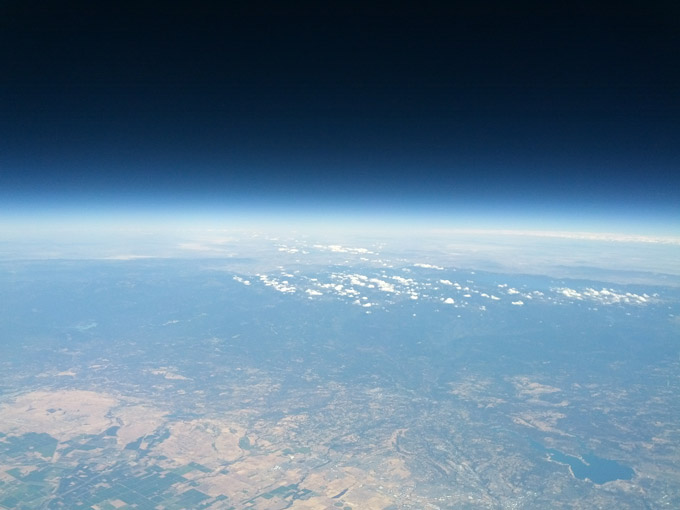
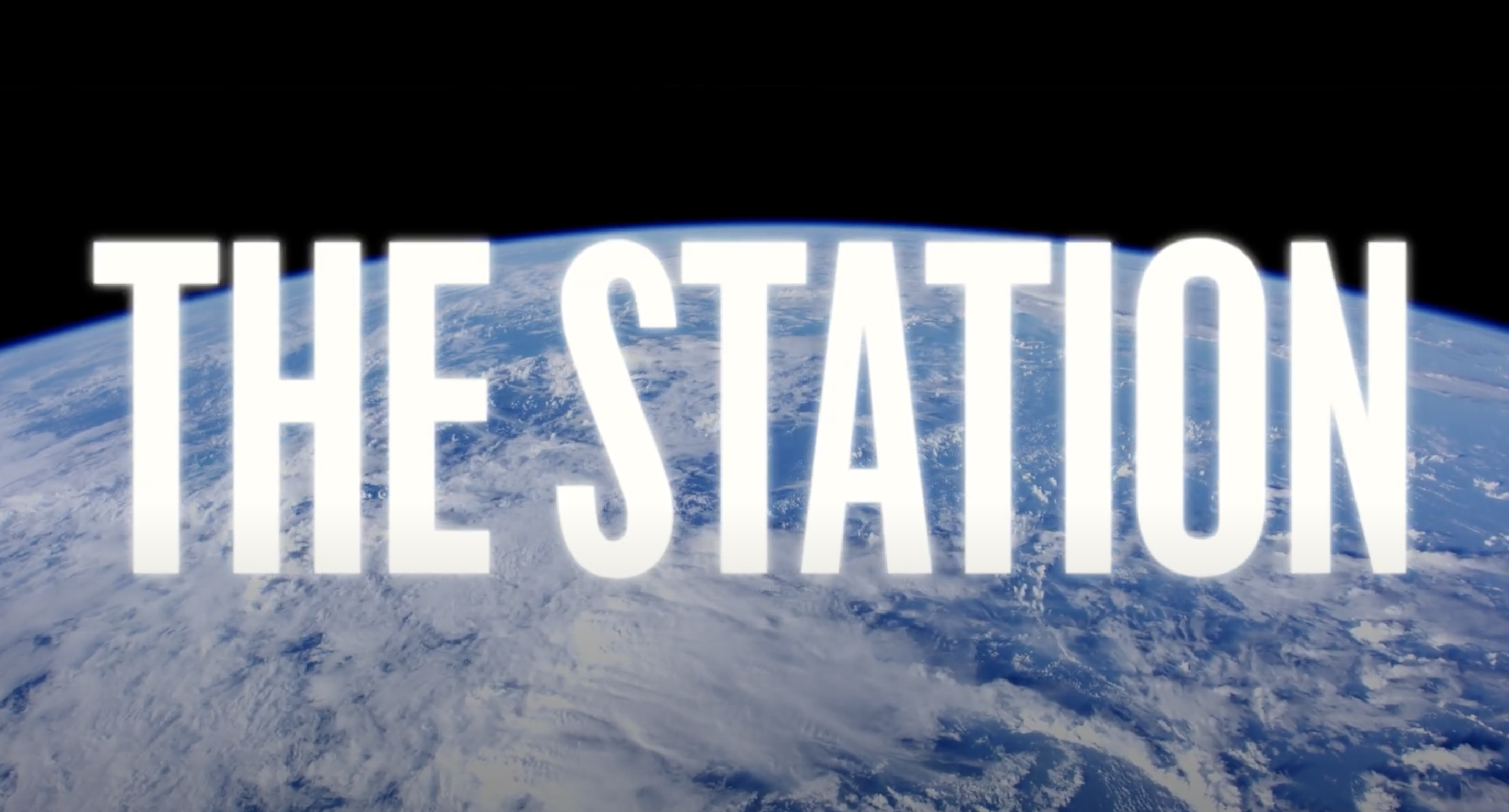
Supercluster's "The Station," a short documentary on the International Space Station
When you’re stuck at home for months on end and staring at the same four walls, a job that lets you look to the stars probably seems like a great escape. But when a global pandemic strikes, it can bring even space explorers back down to Earth.
Last year, we talked to Supercluster, a team of reporters, editors, and creatives whose mission is to surface stories about space exploration to mainstream audiences. Supercluster launched its website in July 2019 as an experiment between creative agency GrandArmy and television studio A24. They’ve been developing an array of content ever since—from articles to podcasts to a comprehensive astronaut database—even through the tumult of 2020.
We checked back in with Robin Seemangal, Supercluster’s Editor-in-Chief, and Jamie Carreiro, Chief Creative Officer, to discuss the challenges of working remotely, how the team’s culture has evolved, and their latest initiatives.
Dropbox: Could you walk us through your team’s transition from ‘normal life’ to pandemic-ridden remote work?
Robin Seemangal: I flew to California at the end of February to visit the James Webb Space Telescope, SpaceX and Virgin Orbit, all within a few days. In the space industry, that's like visiting the top three wonders of the world. It was amazing, but that’s when we started learning more about the coronavirus. I mean, we all love science. We pay attention to the science. So we started making preparations very early. I met with our photography team down at Cape Canaveral was like, ‘Listen, you're probably not going to be seeing me for a while. We're going to have to do everything over Skype and email, and we're going to be sharing our files over the internet.’ When we're shooting video and photos down at Cape, we're talking about gigabytes of files. While there were a lot of challenges in front of us, the first thing we had to do was make a plan, establish lines of communication, and hunker down for the long haul.
Jamie Carreiro: I remember in early March, we all were having some catch-up meetings at our main office in New York. It was right around when the graphs were showing exponential growth. We were starting to realize that the math of all this was undeniable. We had hoped that this year would be filled with on-the-ground productions, tailgate parties for rocket launches, and turning exciting launches into kind of a festival atmosphere. We were going to be doing pieces about rocket launch sites all over the world: in South America, the northwest US, all these kinds of interesting places. So we had to take a step back and think about how we produce videos without going anywhere.

DBX: How did the team react to all that change?
RS: The first thing to mention there is we’re not a typical media company. We have our central team that was based out of New York before the pandemic, and then we get a ton of support on the operational side of things from A24. But our core contributor team of about 40 writers, photographers, and illustrators live all over the world. We work with literally the top talent in the industry, whether they’re based in Florida, Texas, or California. We just started working with someone in India. So our freelancers are used to working remotely and we’re used to collaborating with them.
JC: For our core team in New York, we definitely miss all being in the same room, watching a video and talking about it. There are certain things—high-level strategy, big-picture thinking—that I think don’t lend itself as well to online communication. So we've had to develop our skills to make it work well in this type of environment. Sometimes that means we really just all sit on a Zoom call and watch the same video at the same time in order to talk about it in real time. The first time we did that, I was like, ‘Do you want to just sit here for 19 minutes on mute?’ And it was the right move creatively.
"We love how Paper handles and embeds hi-res images, audio files, and social media links. It's become a real go-to, like a virtual notebook kind of feeling." —Robin Seemangal
RS: I would add that we have a pretty unique relationship with our freelancers. Freelancers are not strangers. Before COVID, they were welcome to work in our office and we catch up with them on everything. They're part of the family—we value them and ask them for their opinion on things sometimes even outside of their particular expertise. So when it comes to the attitude and the relationships, nothing changed during a pandemic because we created a glue when we started this company. The first priority for the company was to make sure that we built a great foundation to carry on the business and the culture. The culture was going to be based on making sure that the people who work with us are happy and comfortable and feel like they have a voice. So while we miss taking our freelancers out for lunch, having pizza parties, it hasn’t affected our work as much as you’d think. Yes we’re used to working with people in different places, but we also we had the opportunity to establish that rapport and trust in person before everything shut down.
DBX: We miss pizza parties, too. Aside from the lack of communal carb consumption, what’ve been the biggest challenges of remote work?
JC: The challenge of sending large files hasn’t changed. Because of the constraints around travel and video shoots, we switched a number of productions from being interview and acquired footage-based to being completely archival pieces. That brought along with it all kinds of data problems; just sending the footage we acquire back and forth is one problem, but then how are we going to match these massive libraries so that we can start telling stories entirely from things that are out in the public domain?
That immediately led us to using things like Dropbox and Dropbox Paper to coordinate what files we needed. Lots of massive spreadsheets to track things—I remember for a while, I was portioning out downloads to different people. Since we're now acquiring so much footage from the internet, I'd have to download 500 gigabytes from various sources in a matter of a week. I'd say, ‘Okay, here's a spreadsheet, you download these, you download these,’ and then we'd all upload them to one place.
RS: We're no longer going to NASA's archives every time—we built our own archive. The simplest way to do that was to just use Dropbox. And the documents are also in there. We're getting notifications for everything all at once, and then just sending out Dropbox links for our teams to post on social media, YouTube, and our website.

Supercluster's "The Crash in the Desert"
"We're no longer going to NASA's archives every time—we built our own archive. The simplest way to do that was to just use Dropbox." —Robin Seemangal
DBX: Very cool. What about other content, like photography and other multimedia besides video?
RS: All of our articles, podcasts, photo selects are done in Dropbox Paper. What's unique about Paper is that it fools you into thinking you have a blank canvas, but you actually have a lot of help. That's the best of both worlds. If you're a creator, that's a good feeling—you want to engage with this utility. But at the same time, the help is there for you when you hover over it. We love how Paper handles and embeds hi-res images, audio files, and social media links. It's become a real go-to, like a virtual notebook kind of feeling. It's in the middle of the process of many projects.
DBX: How has the shutdown informed the kinds of content and stories your team is looking to produce?
RS: We recognize that there was a an opportunity of sorts—certainly not one that we would have asked for—but when people are at their homes, watching more content, we should be making more content to meet that need. Projects like Citizen Science dove-tailed really well with that.
The Spiral Graph Citizen Science project is about analyzing data, but it’s really unique. The goal is to discover new galaxies and black holes. We're looking at these galaxies, finding the ones that have spiral arms, and then analyzing the curvature to tell a whole bunch of interesting stuff about that galaxy—things that you couldn't observe using other scientific methods. Specifically, they figured out that most of these galaxies have a huge black hole in the center. And they can figure out the mass of that black hole by how the arms are curved.
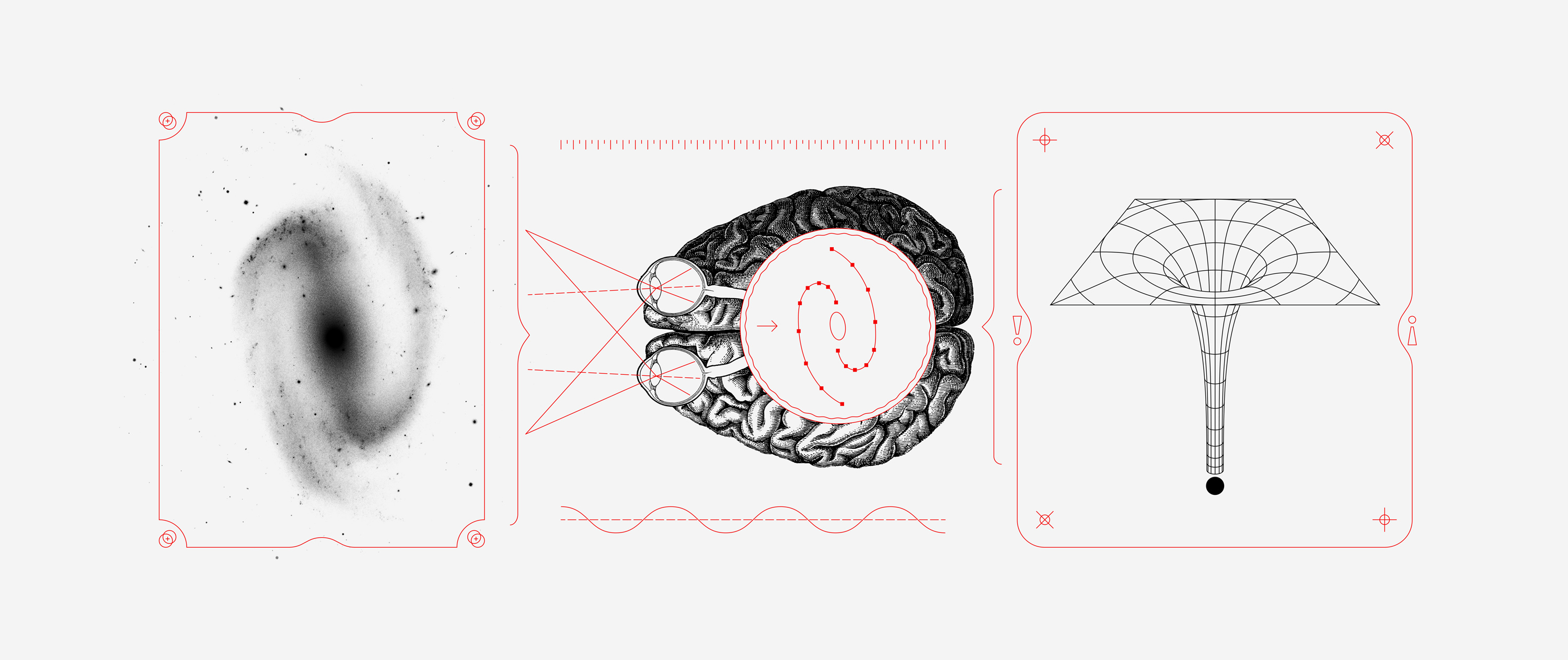
But here's the problem: computers are terrible at detecting the very low contrast, spiral arms in these images. They just can't suss it out; they can't figure out what's going on. But people are very, very good at this type of pattern recognition. So the Spiral Graph team essentially made an online tool that shows people the galaxy and has you trace the arms. This is a huge benefit to his research. We're helping explain this project to people and recruit them to go do some arm tracing and potentially discover all kinds of rare types of black holes.
DBX: That’s fascinating. At a time when it feels like we’re so dependent on digital tools and computers, it’s refreshing to hear about something technical that requires the human eye.
RS: Totally, and it’s completely authentic. It’s been a great way to engage with mainstream audiences who are looking to get into space research or just looking for a new hobby at home.
DBX: Can you also tell us about the astronaut tracker?
JC: We thought’d be cool to share, in an organized way, information about every person who’s gone into space and what they did. It started with me just scraping the internet to try and figure out what a full list was of all the astronauts and then trying to match that list with other lists that had other pieces of data. Massive spreadsheets went into that. It was essentially a data display and filtering sort of thing, which is not a trivial task. So the astronaut database became a team effort, and a combination of everyone's talents that work on the project. In addition to the data combing, we had editorial, art design, and photography.
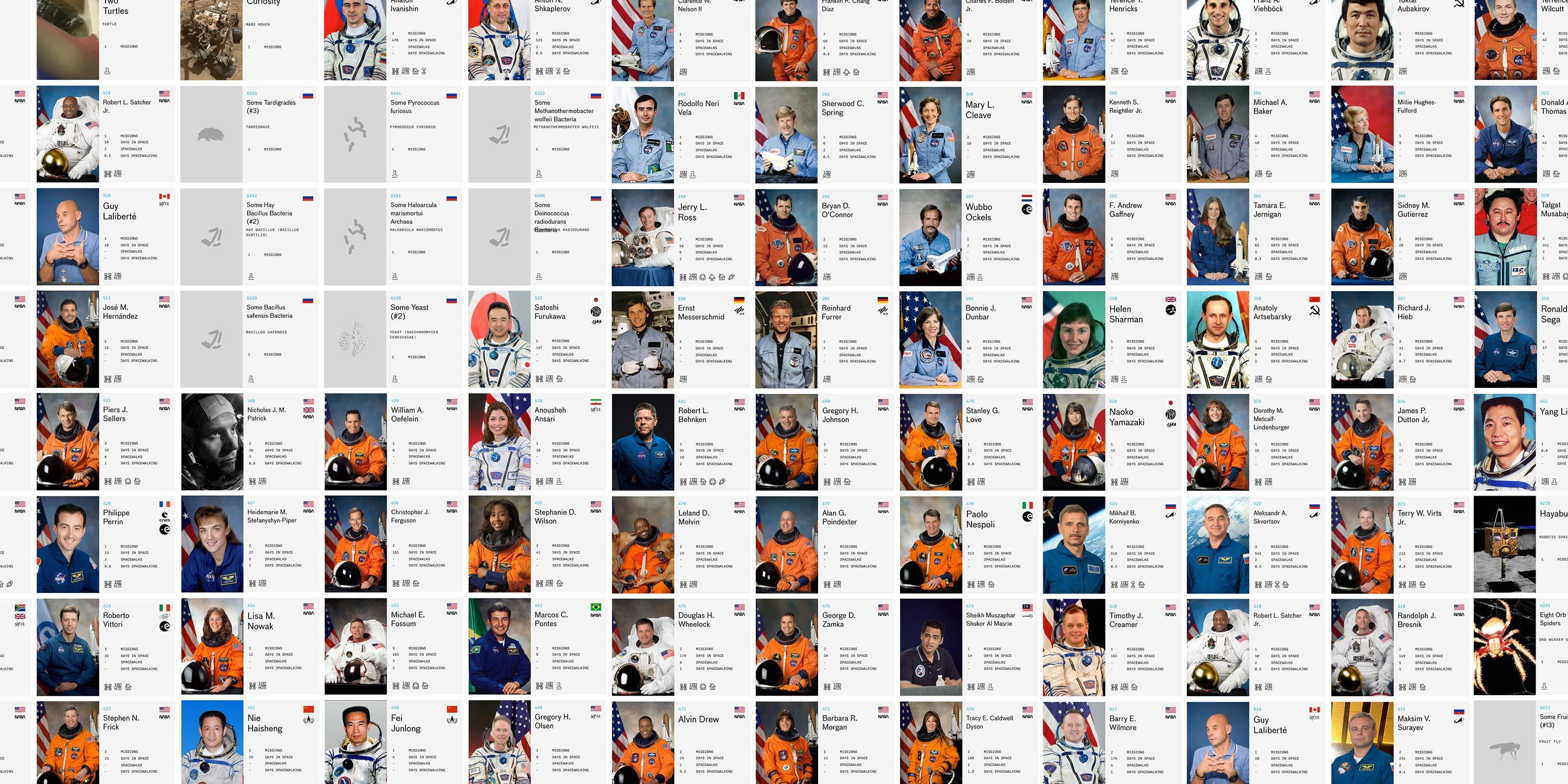
Once again, Dropbox was in the middle of it. We aggregated photos—576 human astronauts!—by putting them in Dropbox folders, by group, nation, etc. We now have a Dropbox folder of every animal astronaut has ever been to space. 'Oh, wow, look at dogs with space helmets on!' That's just endless amounts of collating this stuff, but tremendously rewarding and so much fun. We end up learning so many new little facts about space and stories and all this kind of stuff. It was truly building something.
DBX: What do you think is the biggest silver lining of remote work?
JC: We already had a network of people we had to work with all over the country and all over the world. This was essentially just like leveling that out; instead of having one central place, the mothership evaporated and then we were all just in our own little remote locations. Since then, there have been some re-locations, even among people in our core team. We hardly notice because the friction stays exactly the same as it was before.
RS: When it comes to work culture, there can be benefits, even if it’s unintentional. Even for people who are great leadership and really run their company, well, there can be this little bit of implicit paternalism that you must be in your seat at such and such a time. This is the conventions of society, again. It's not any fault of a particular manager or boss. This model evens the playing field that we talked about in our company that's happened across so many other different organizations. There's this sense that, because we all have to trust each other to do our homework more, that trust is now systemic; it's implied, it just has to be that way. I think the maturity of relationships between people within a company has gone up as a result of this newfound way of working.

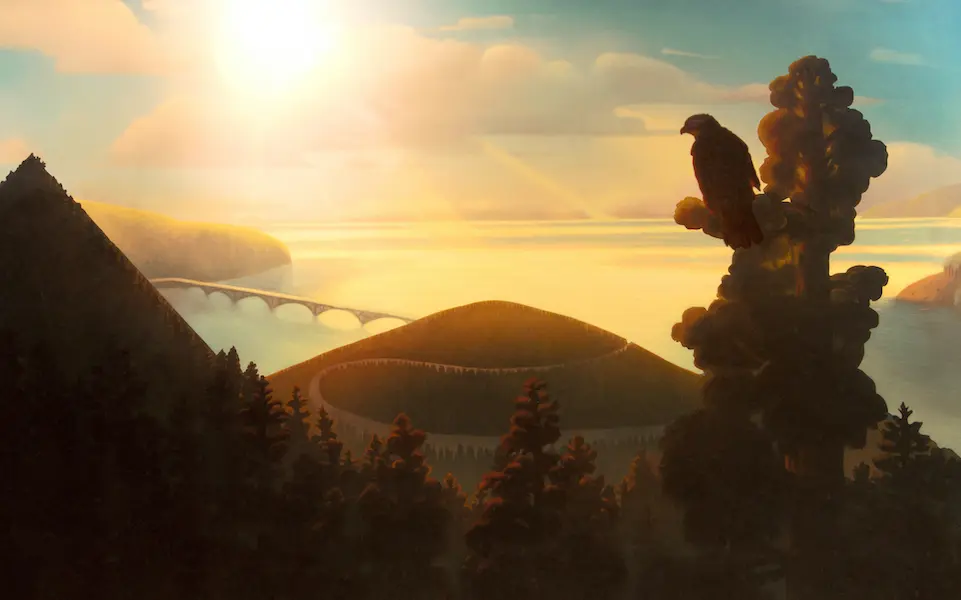
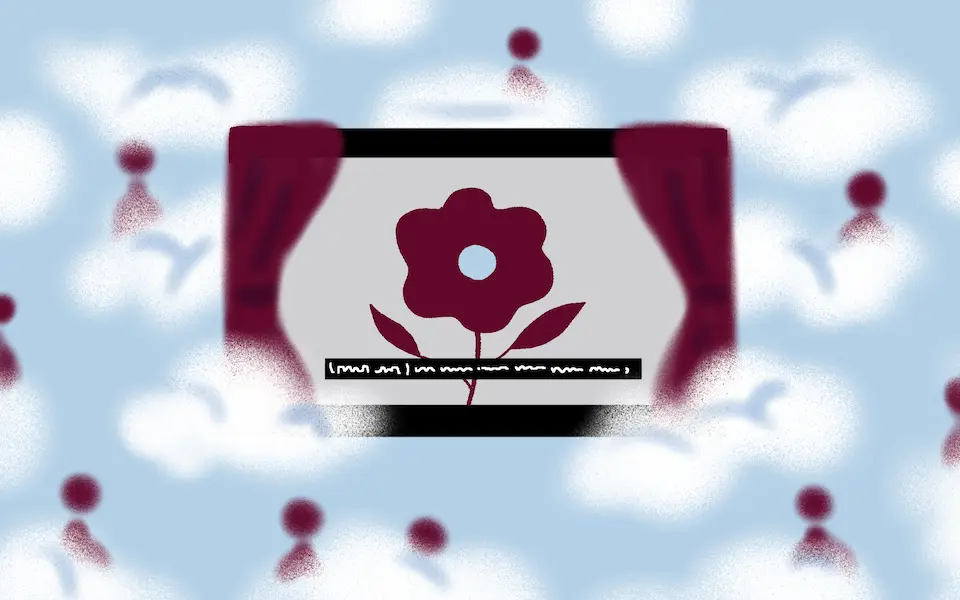
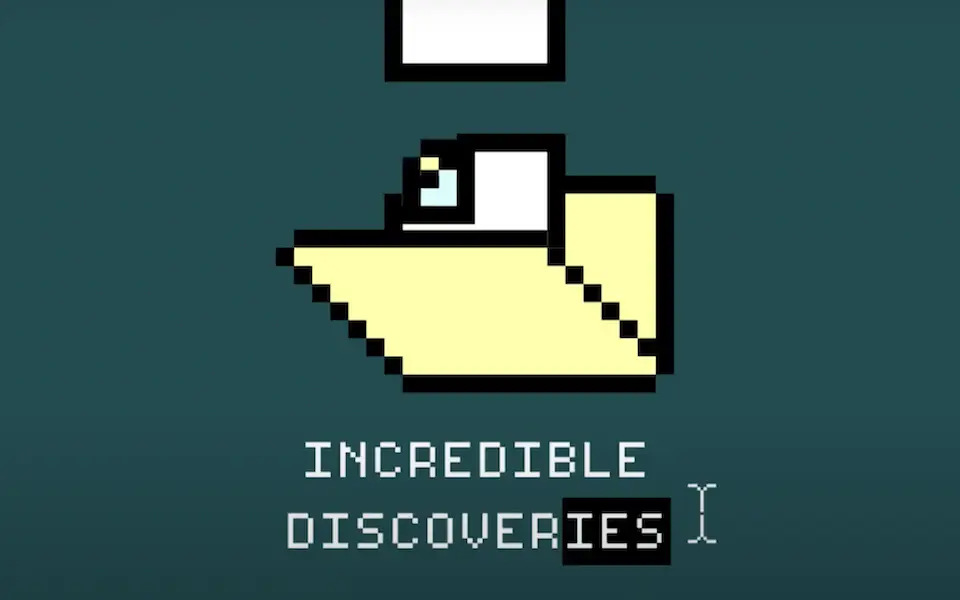
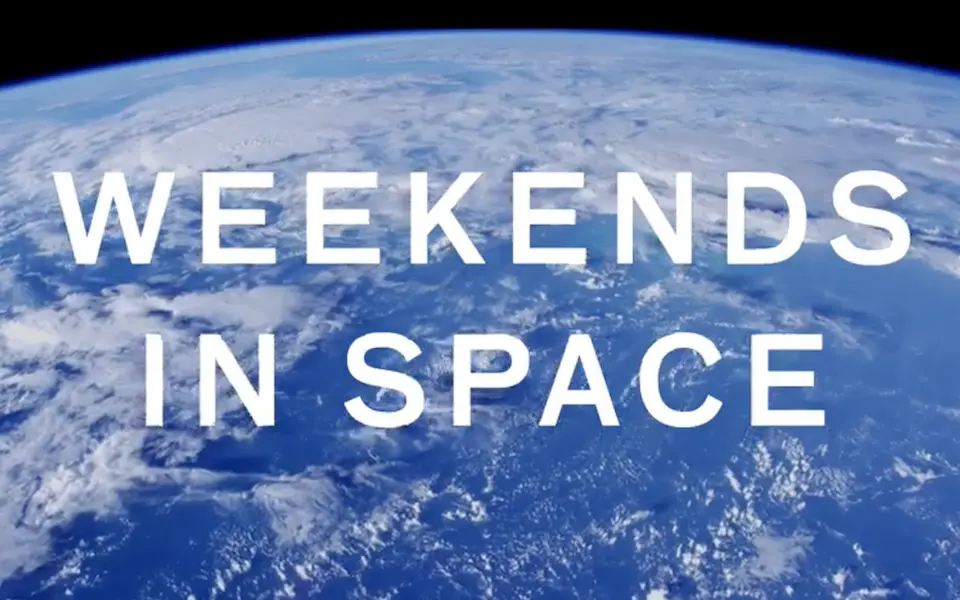
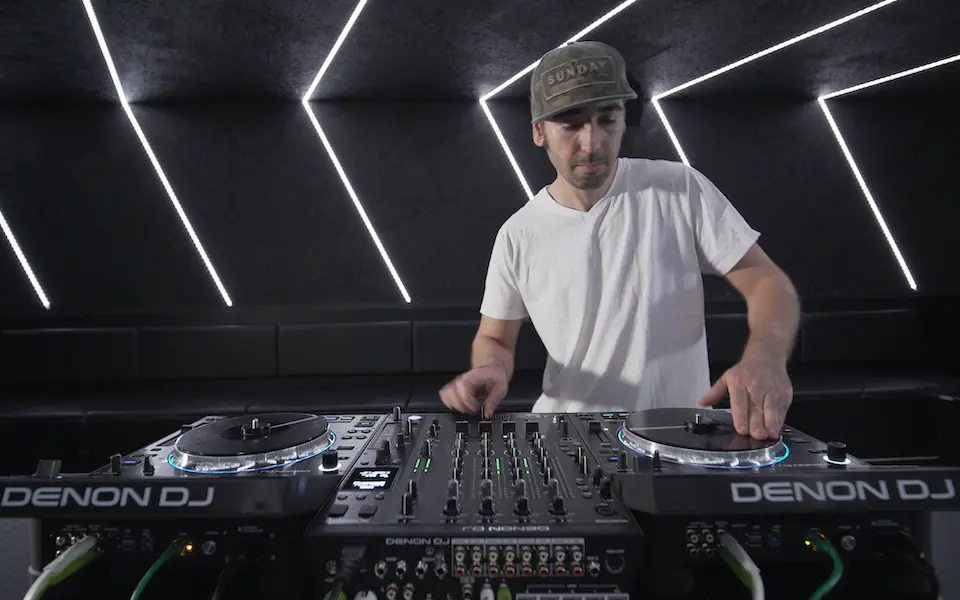
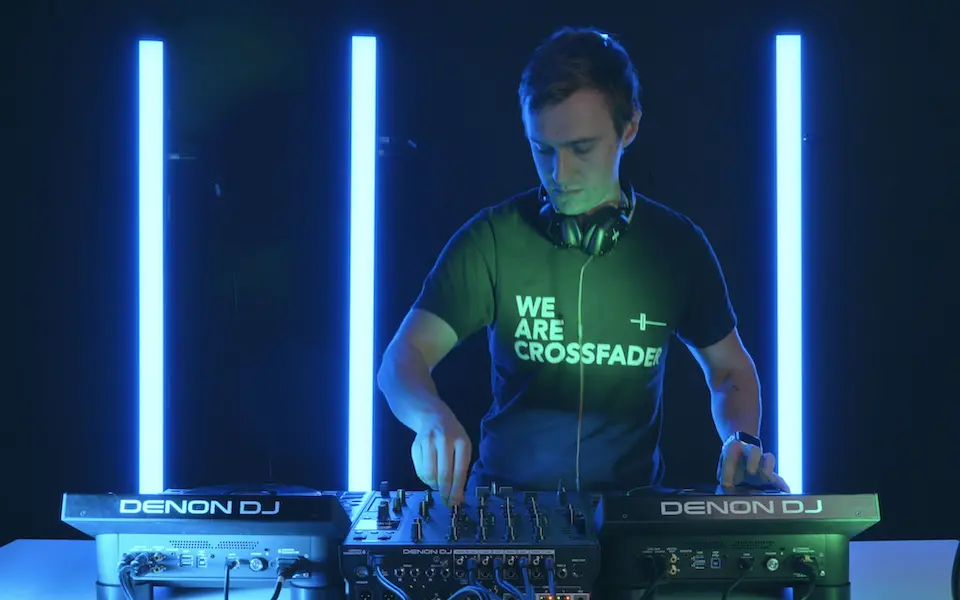



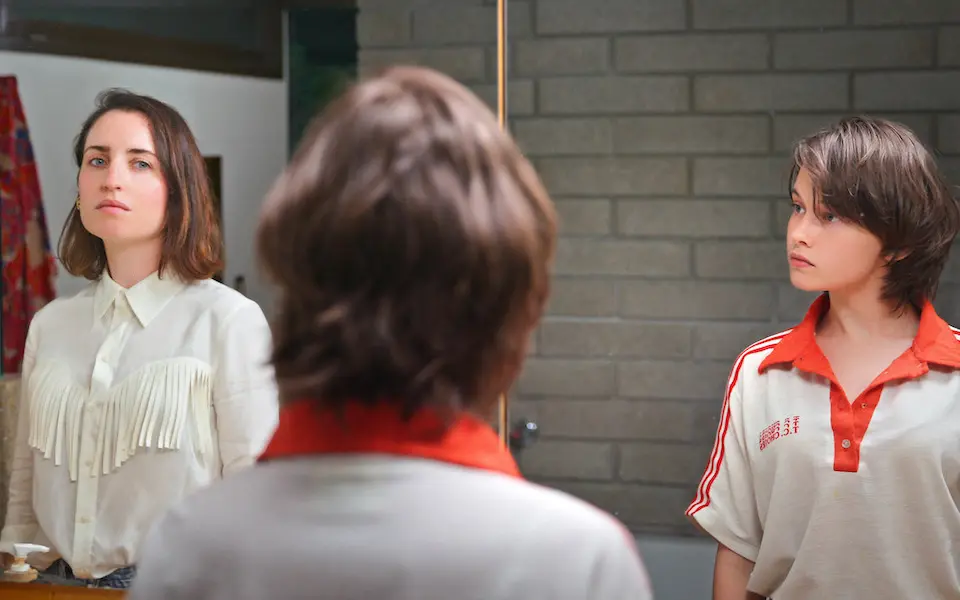
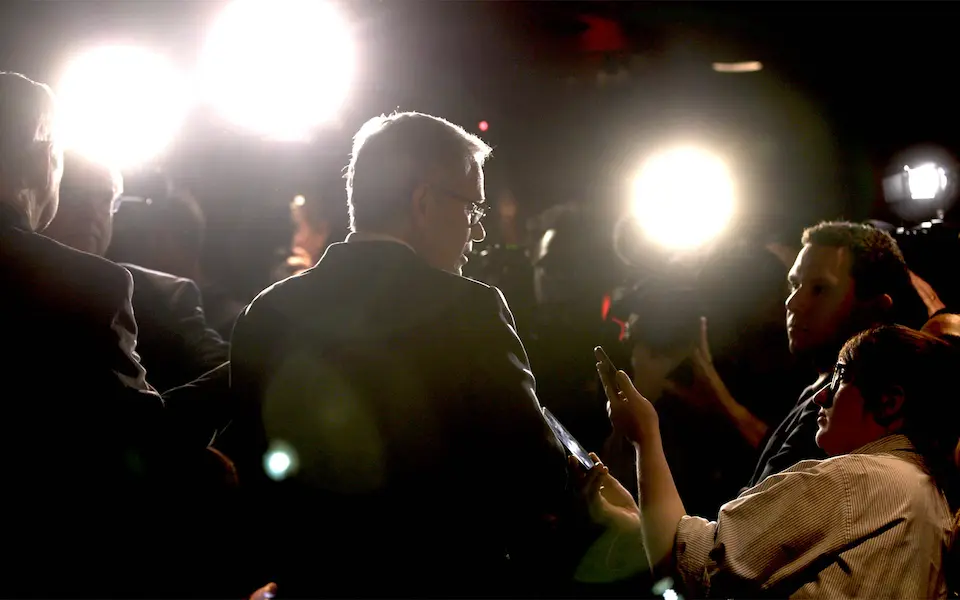
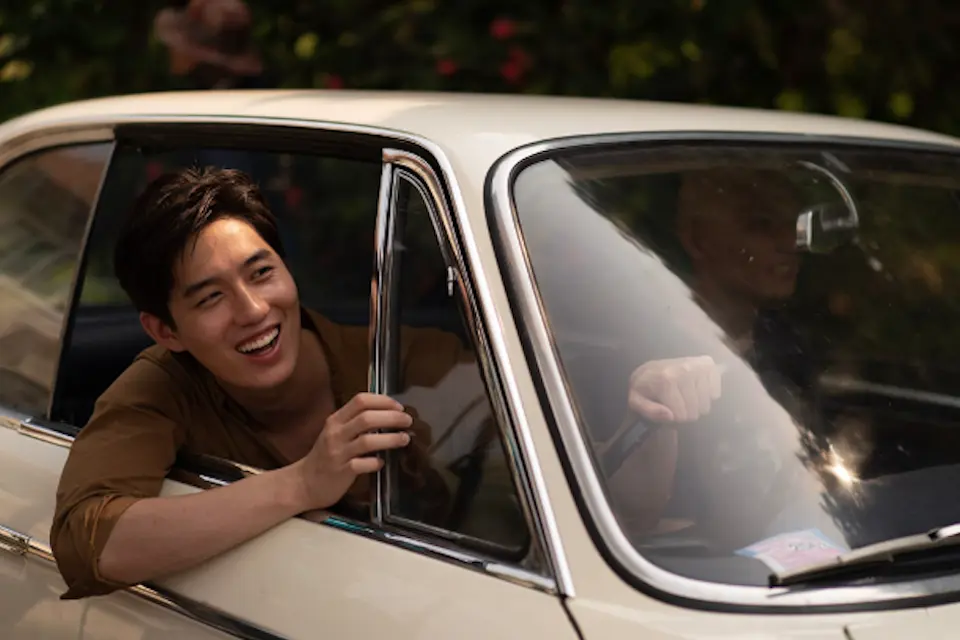

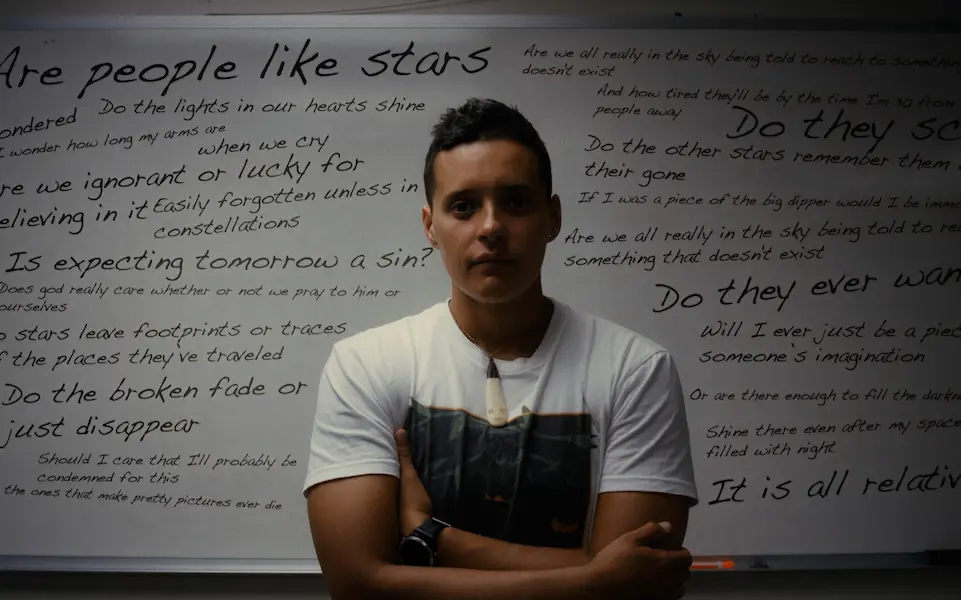
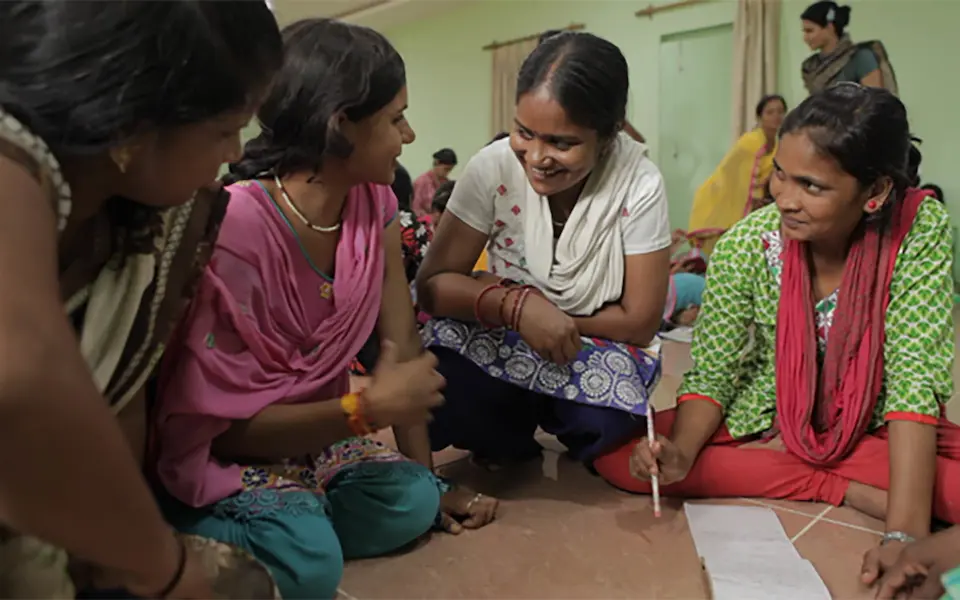
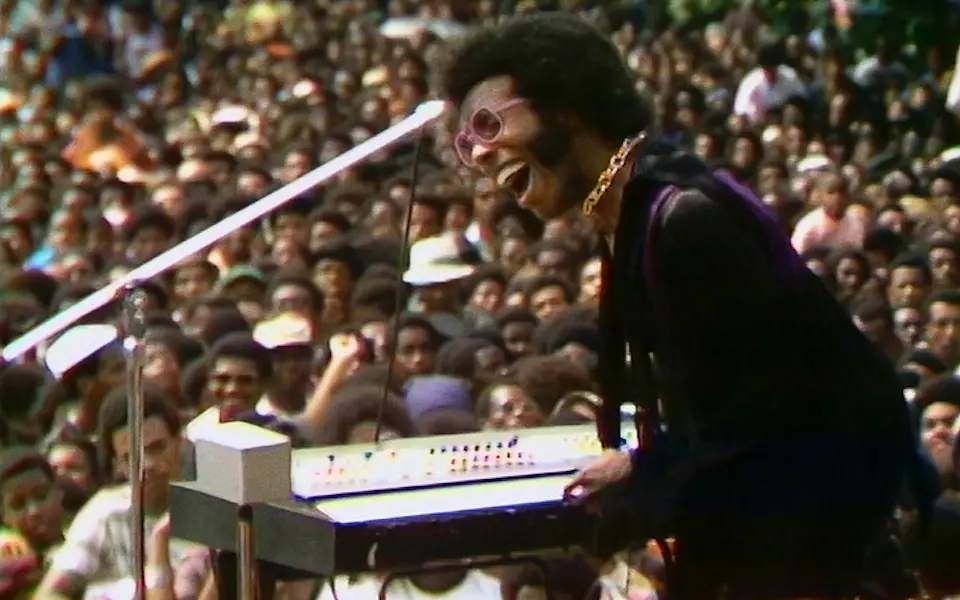
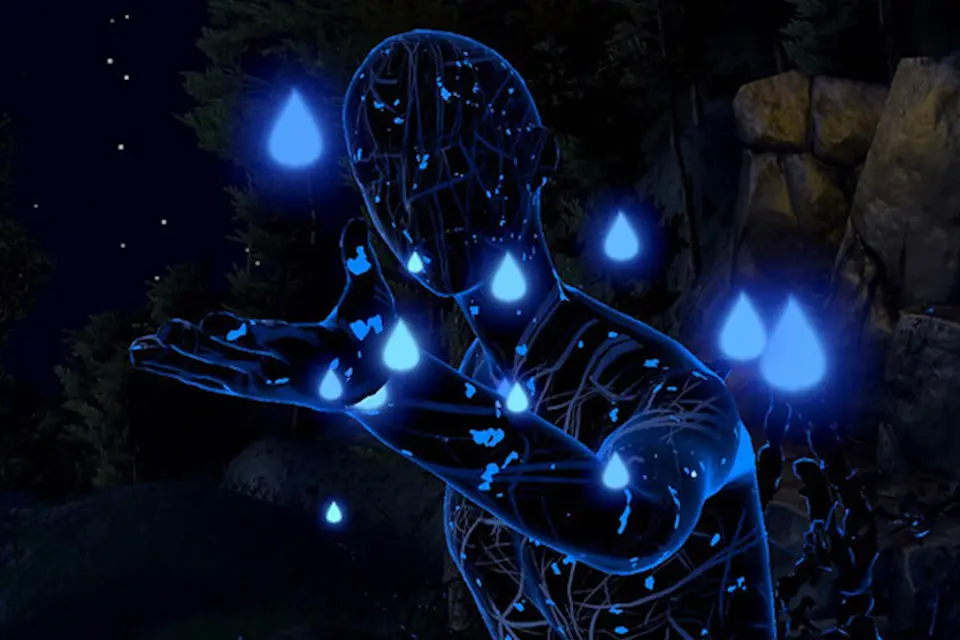
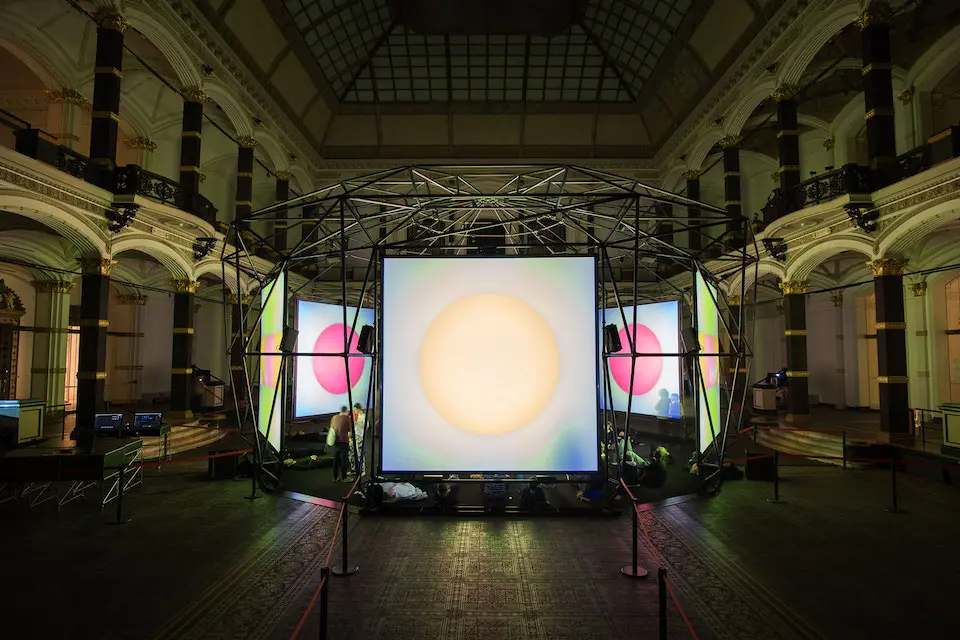



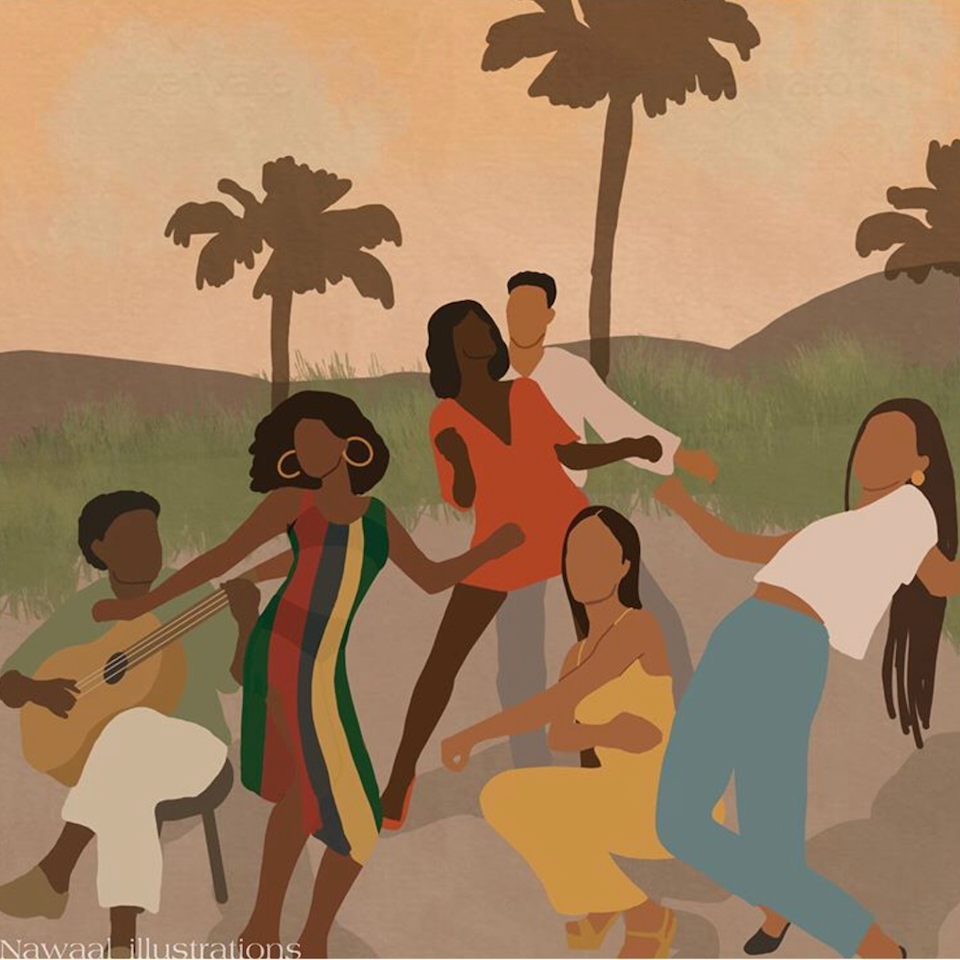


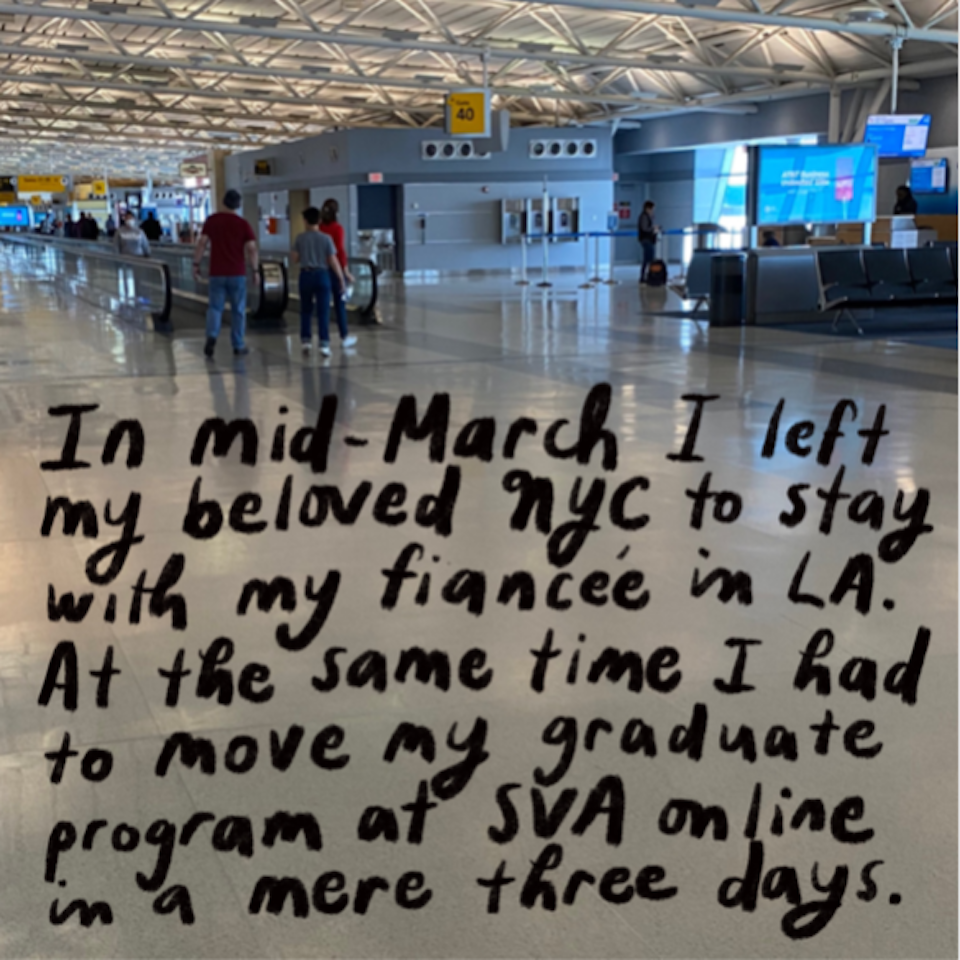
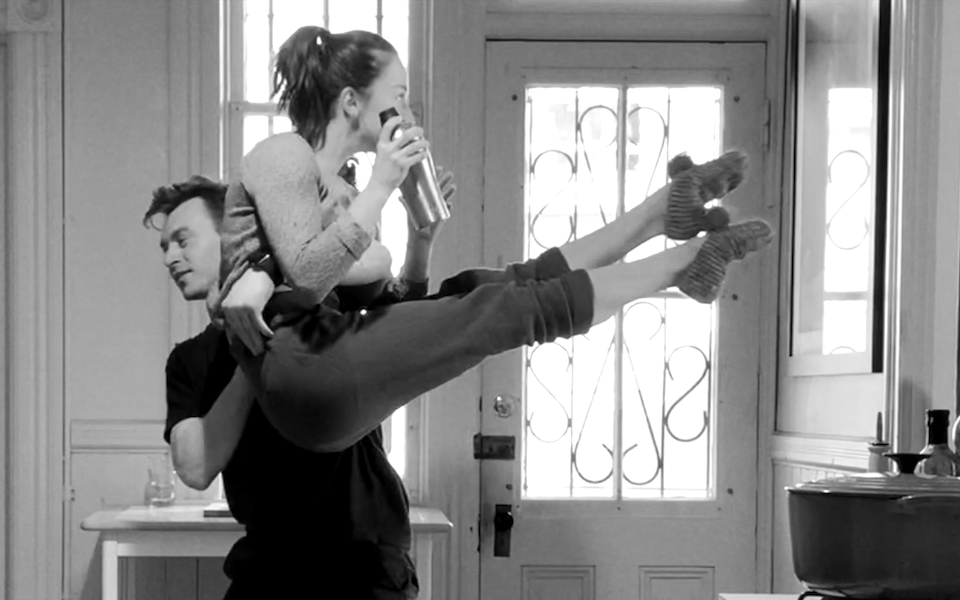
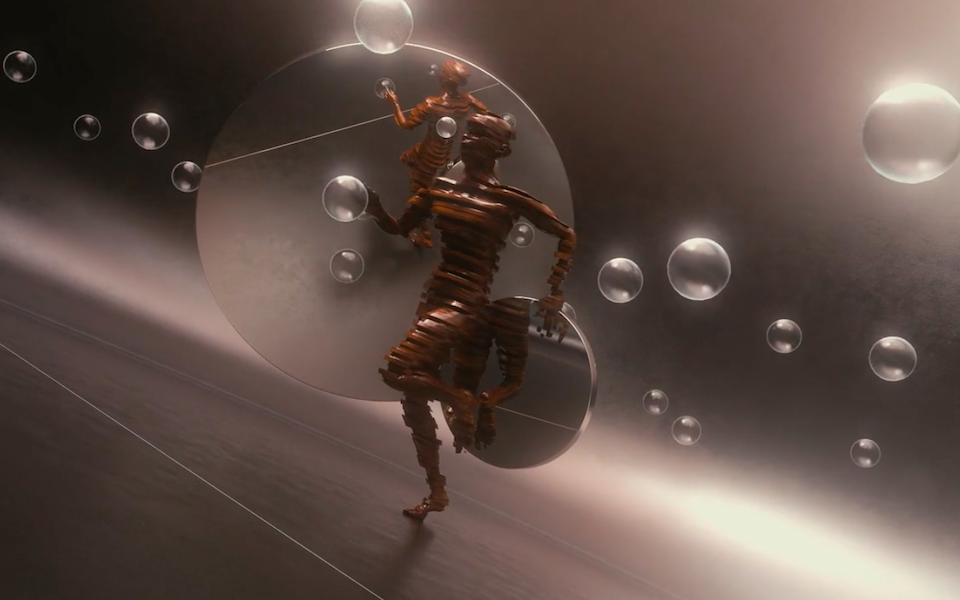
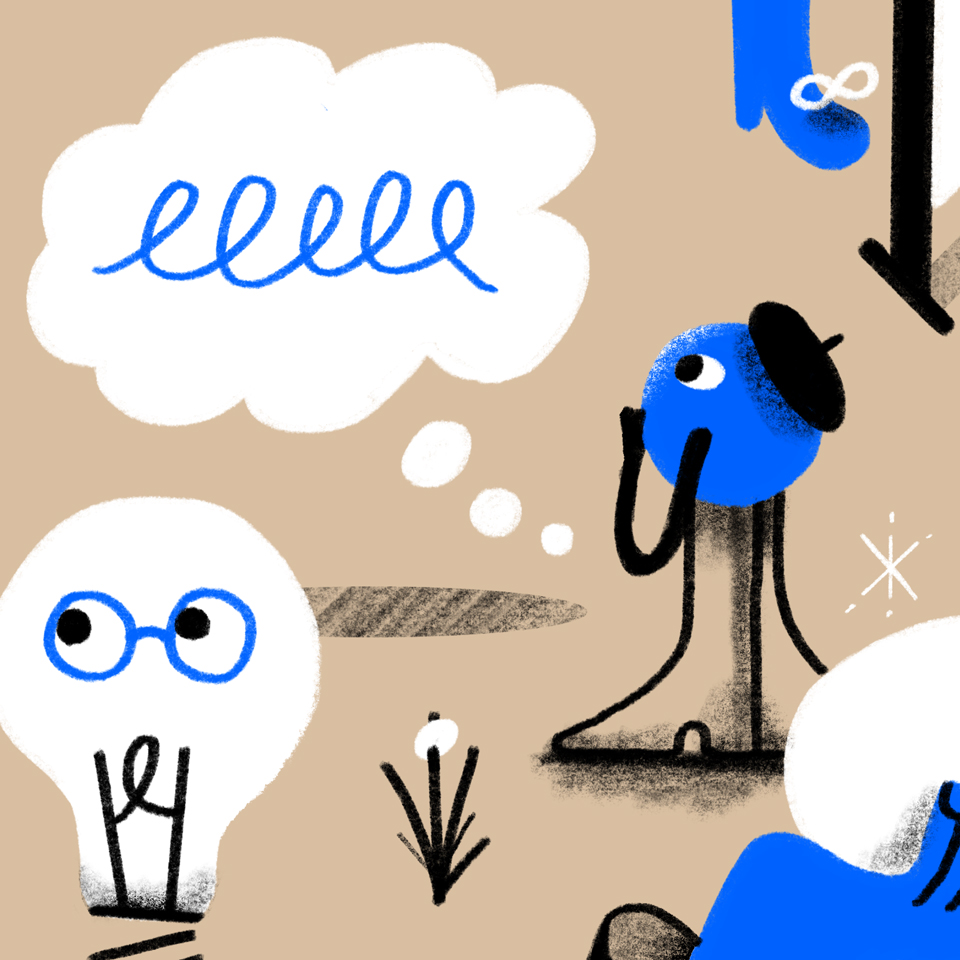
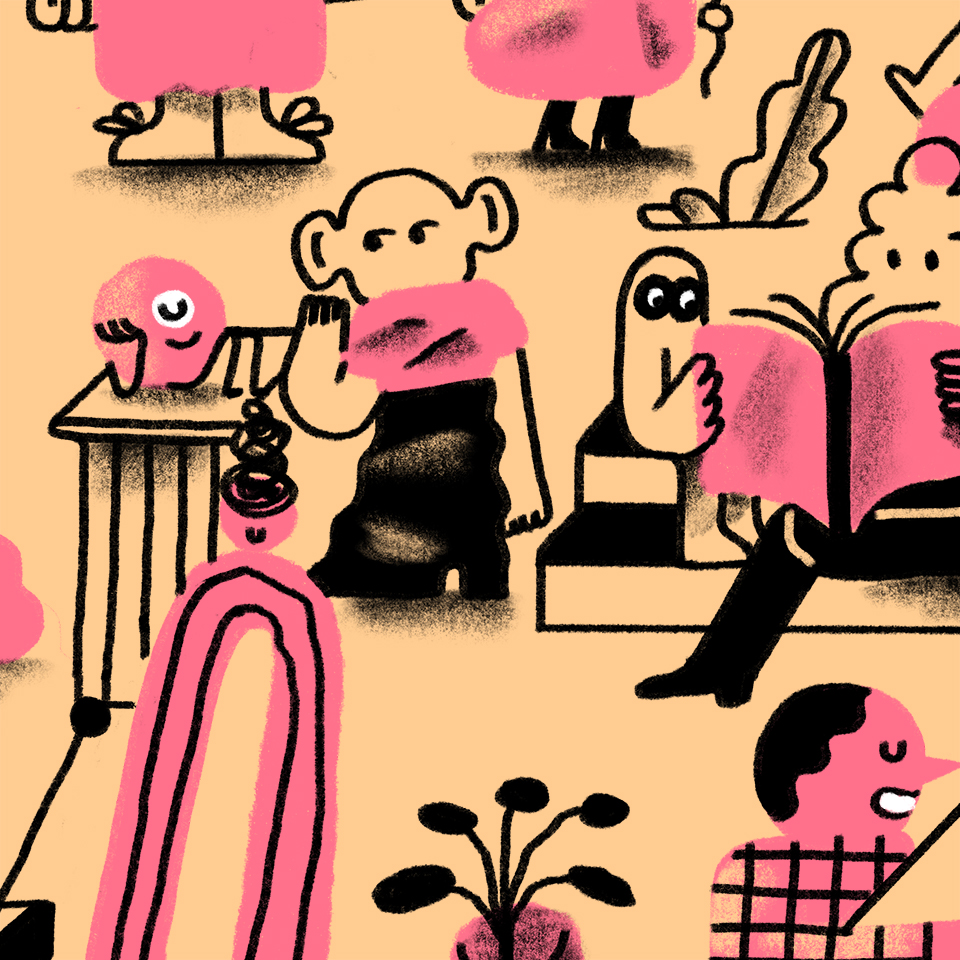


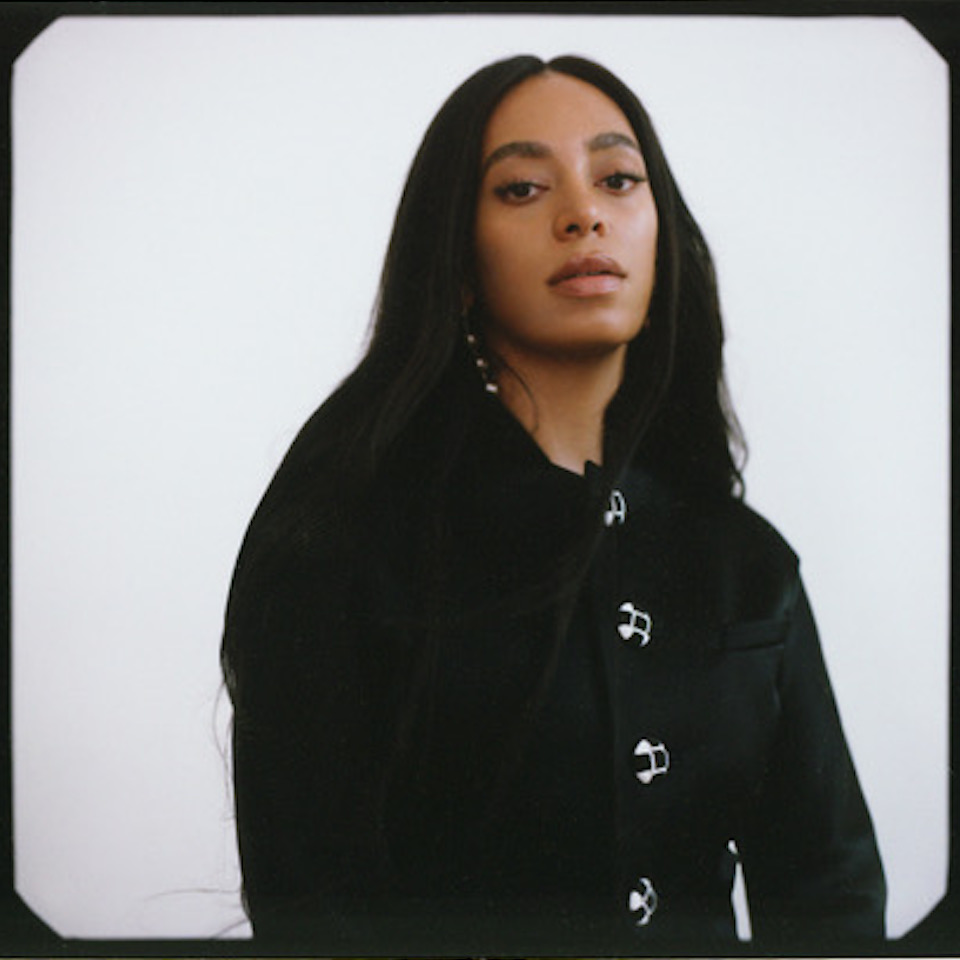

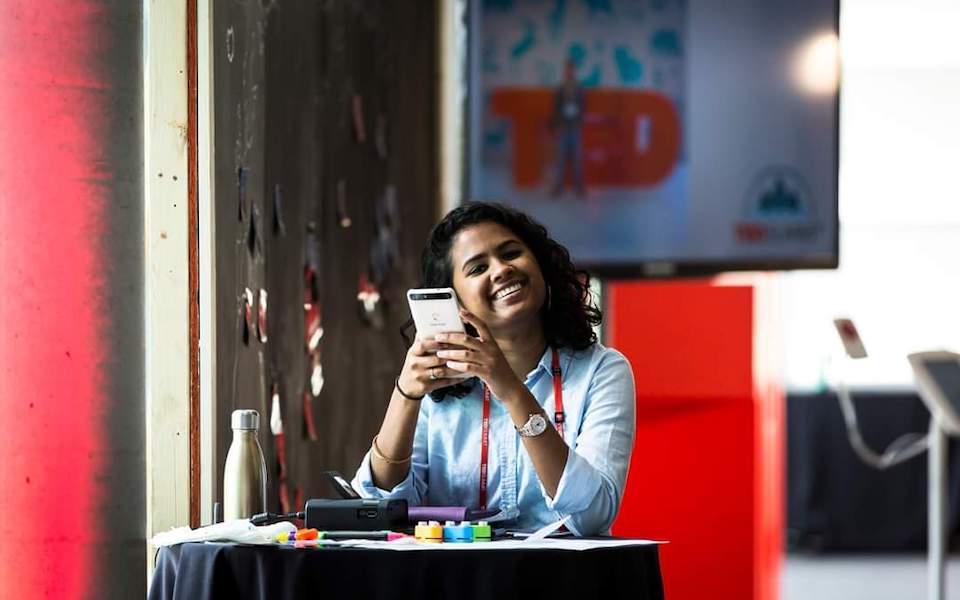



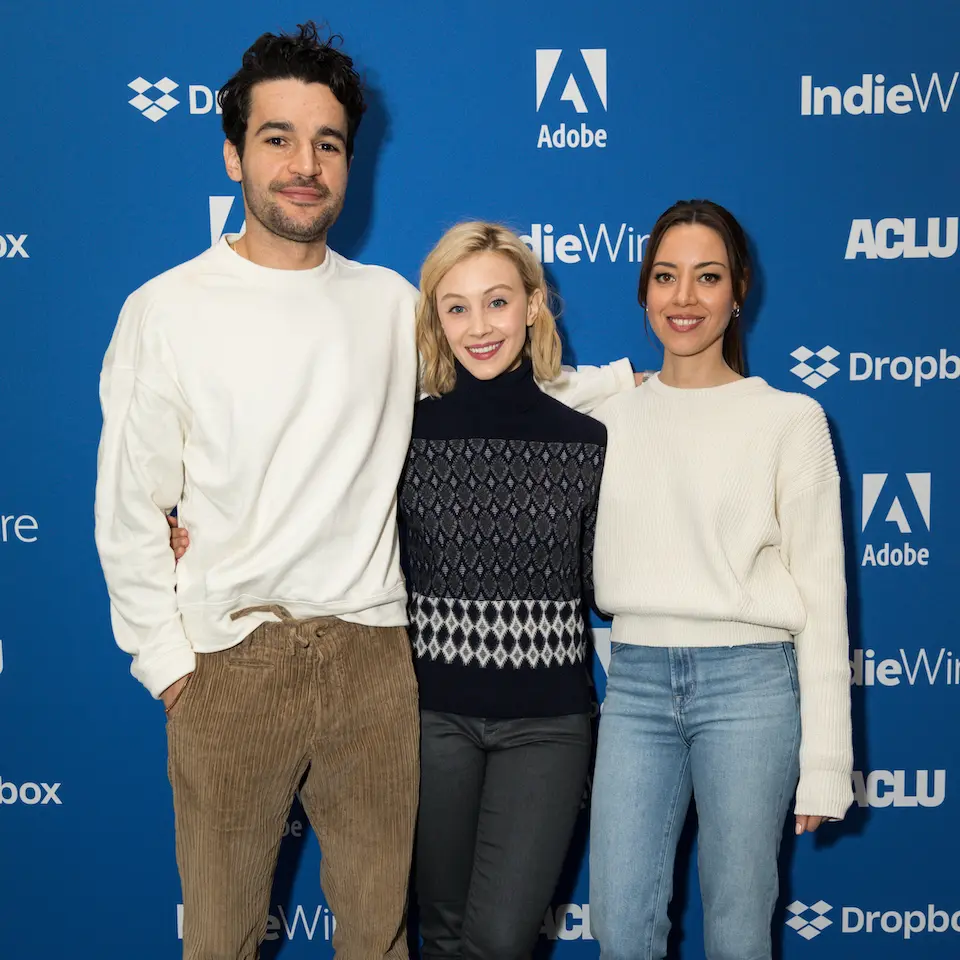



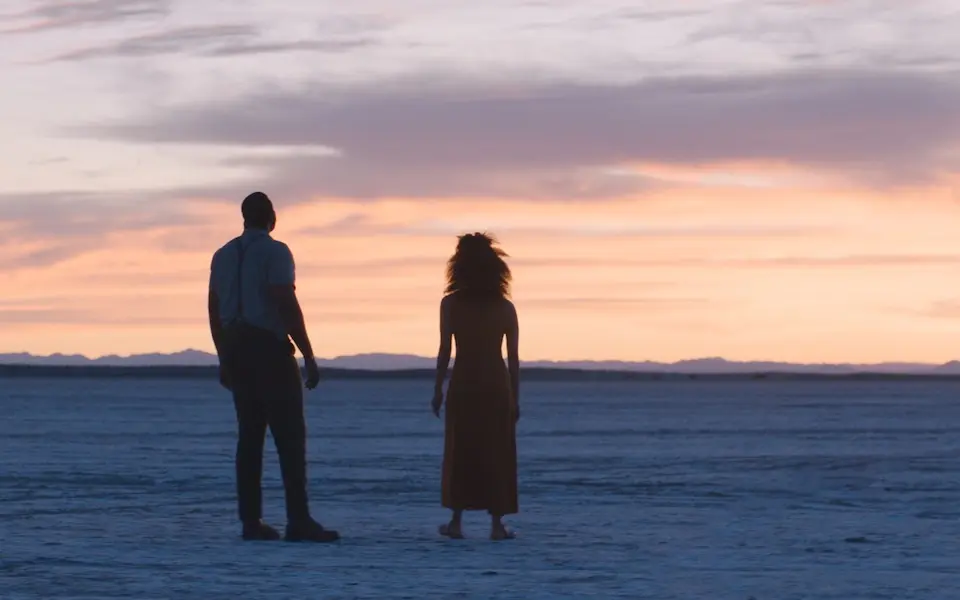
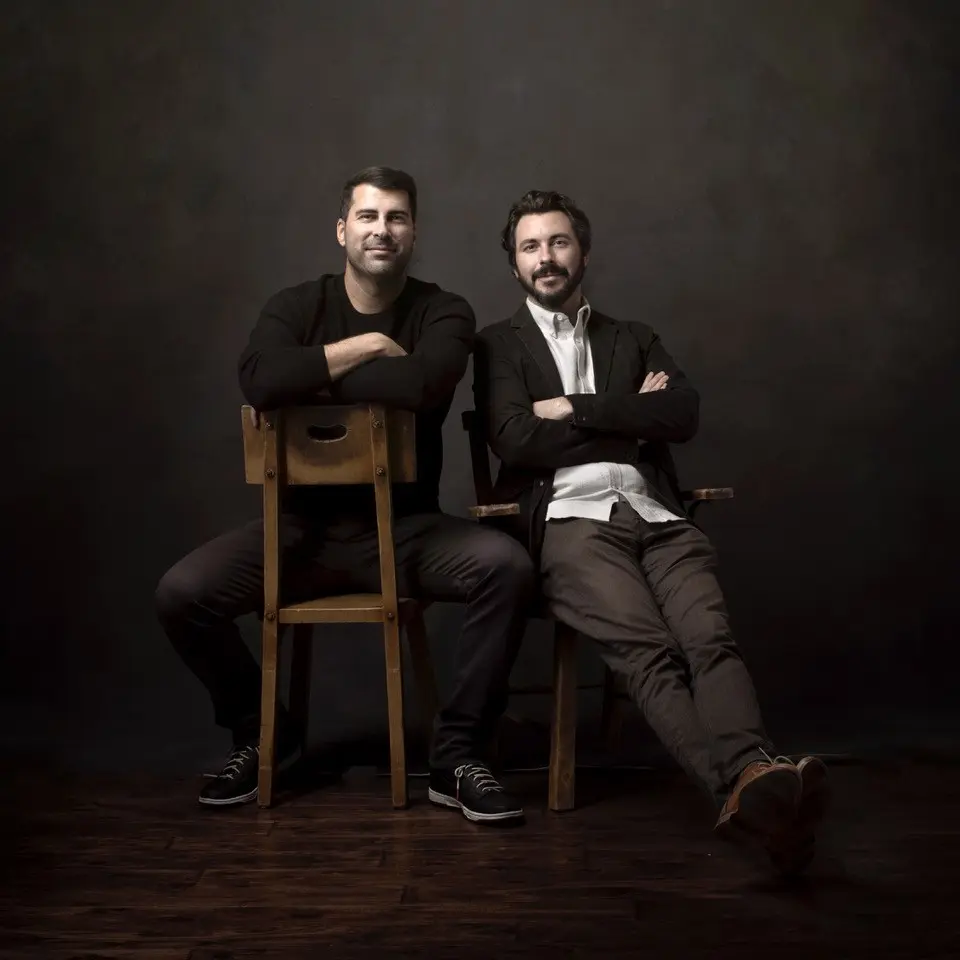


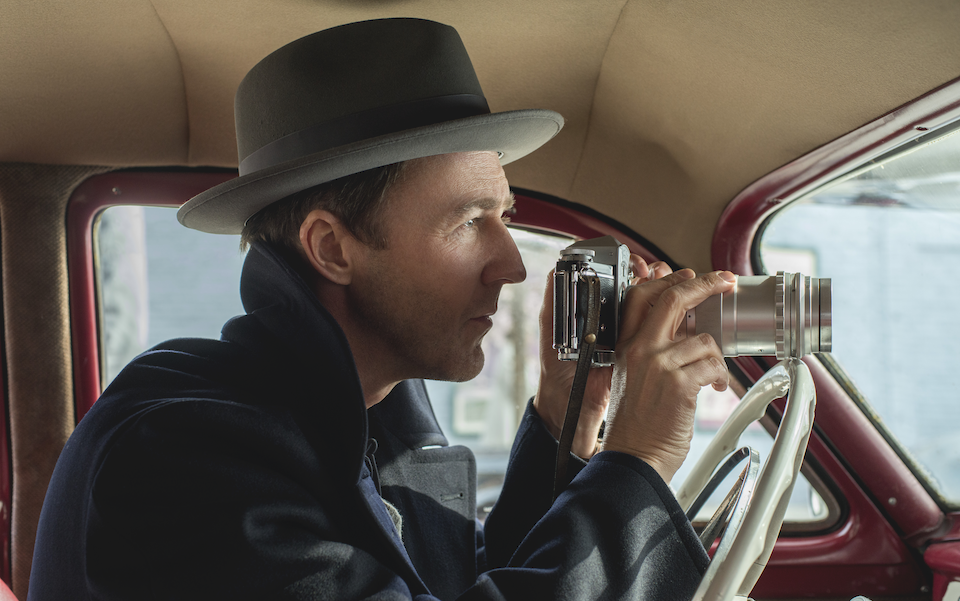
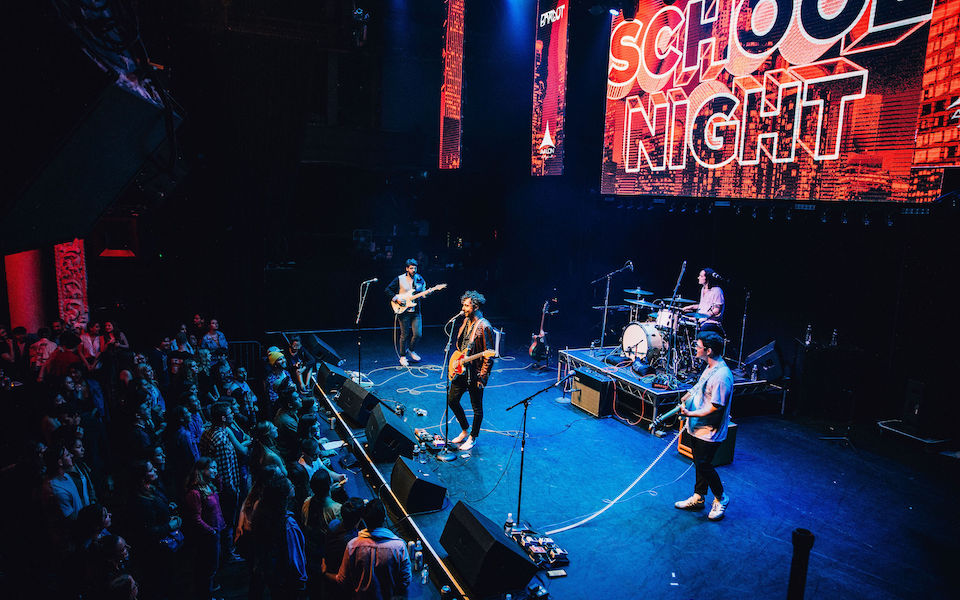












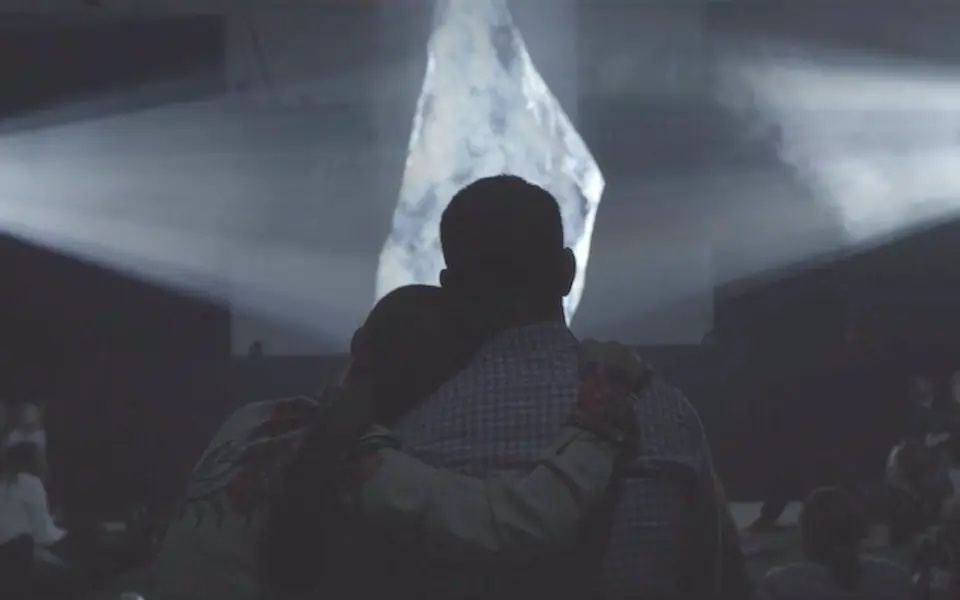
.png/_jcr_content/renditions/Karen%20O%20%2B%20Danger%20Mouse%20(photo%20by%20Eliot%20Lee%20Hazel).webp)





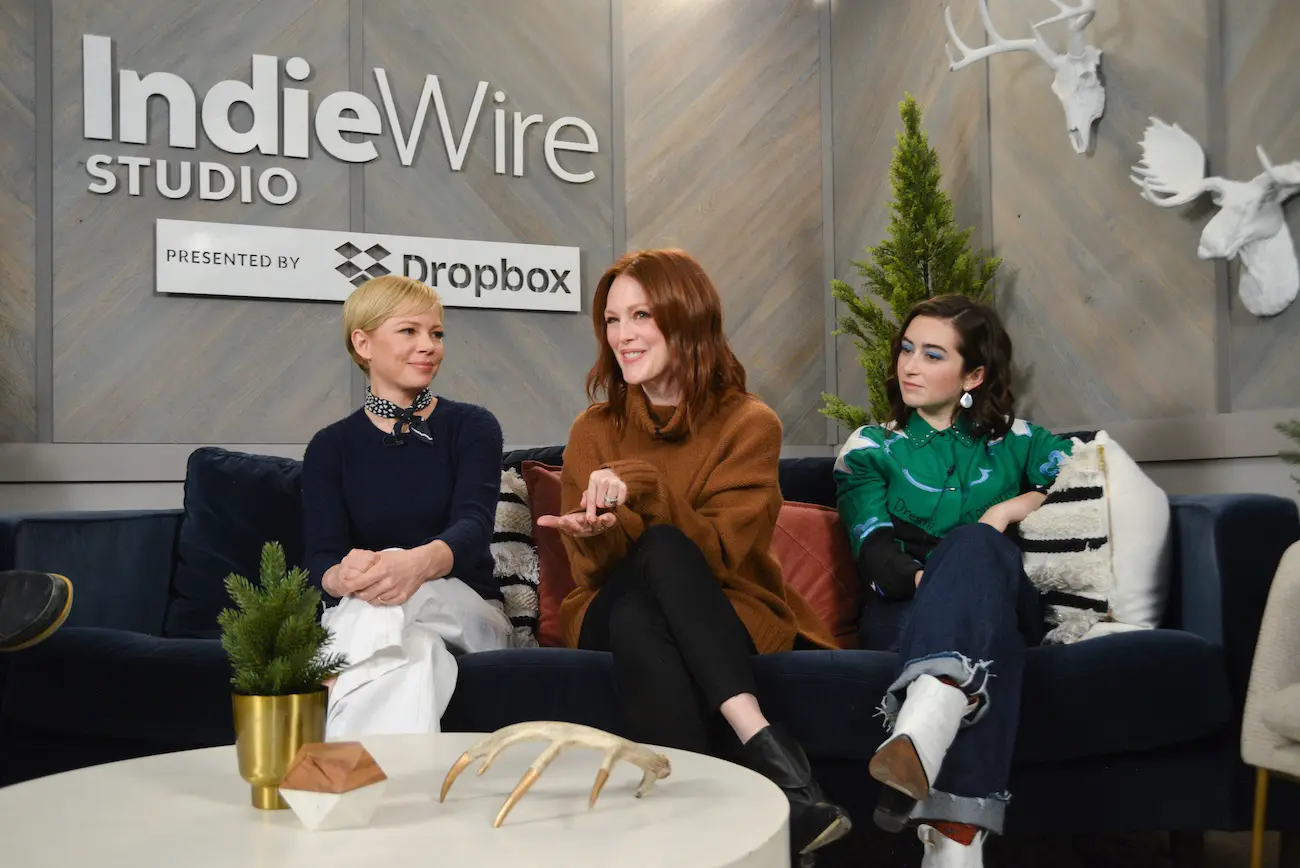


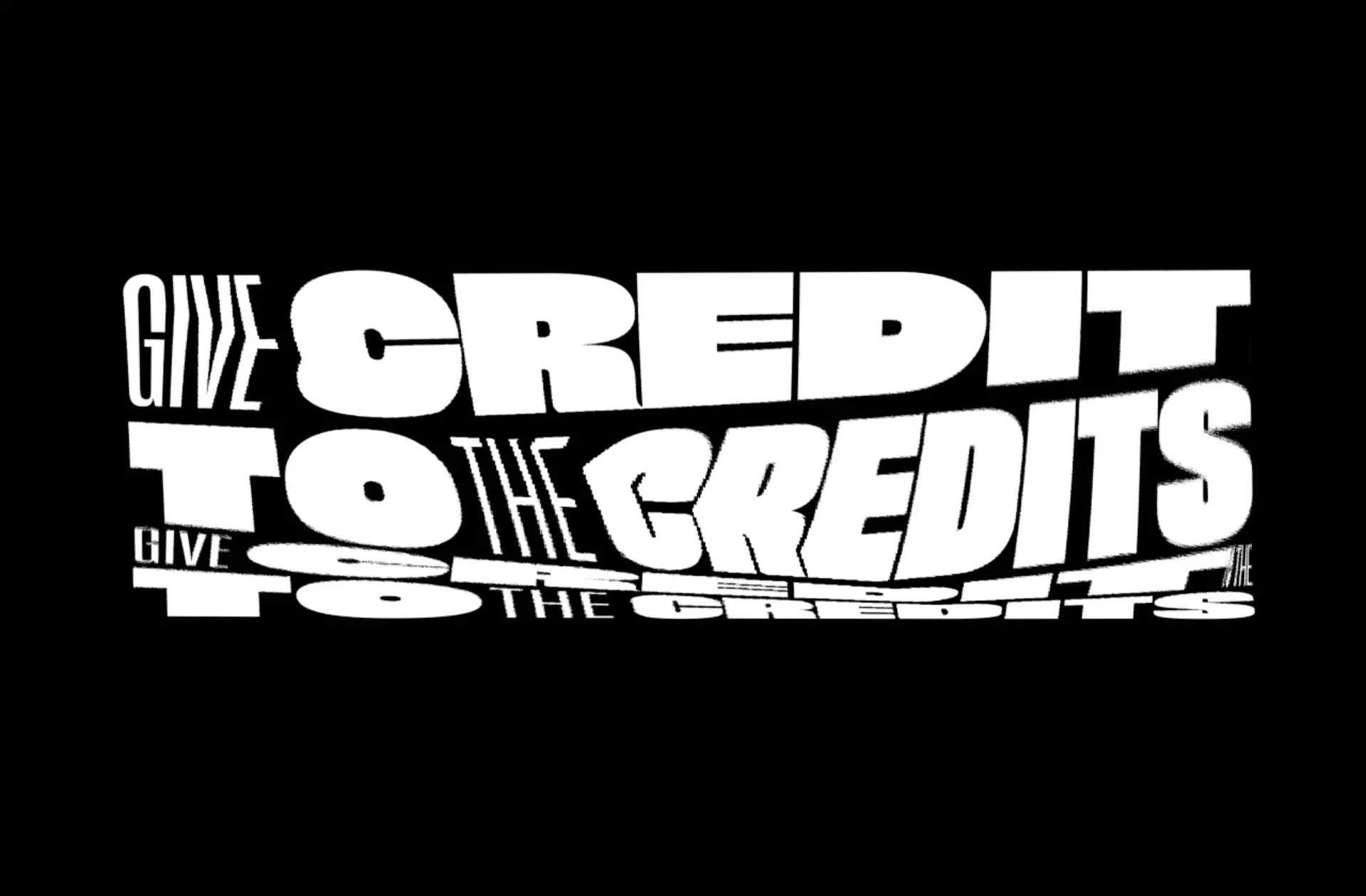
.jpg/_jcr_content/renditions/Extremely%20Wicked%20Shockingly%20Evil%20and%20Vile_Sundance19_Director%20Joe%20Berlinger%20(3).webp)

.jpg/_jcr_content/renditions/Bedlam%2014%20(1).webp)
